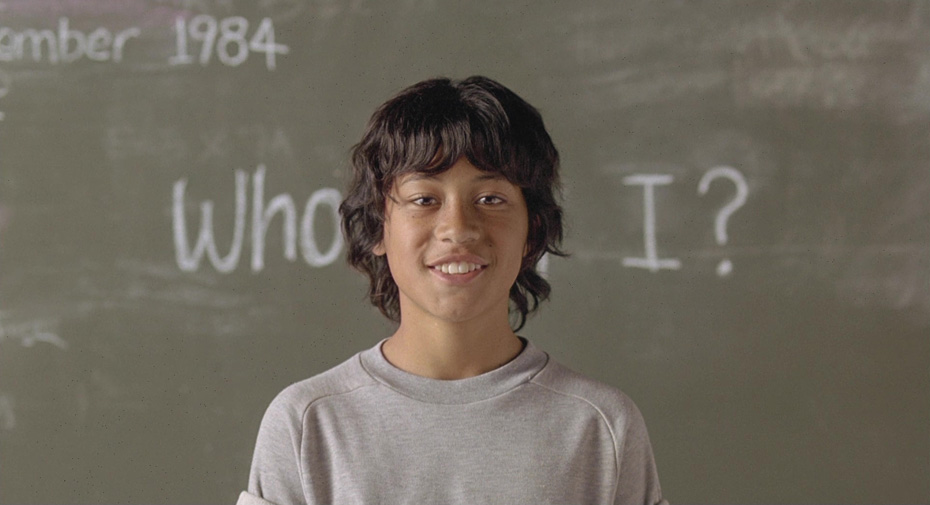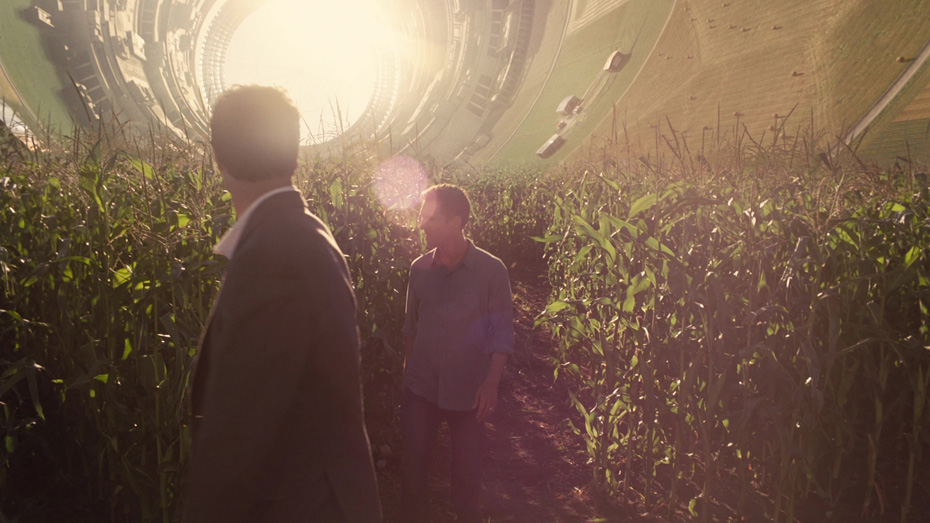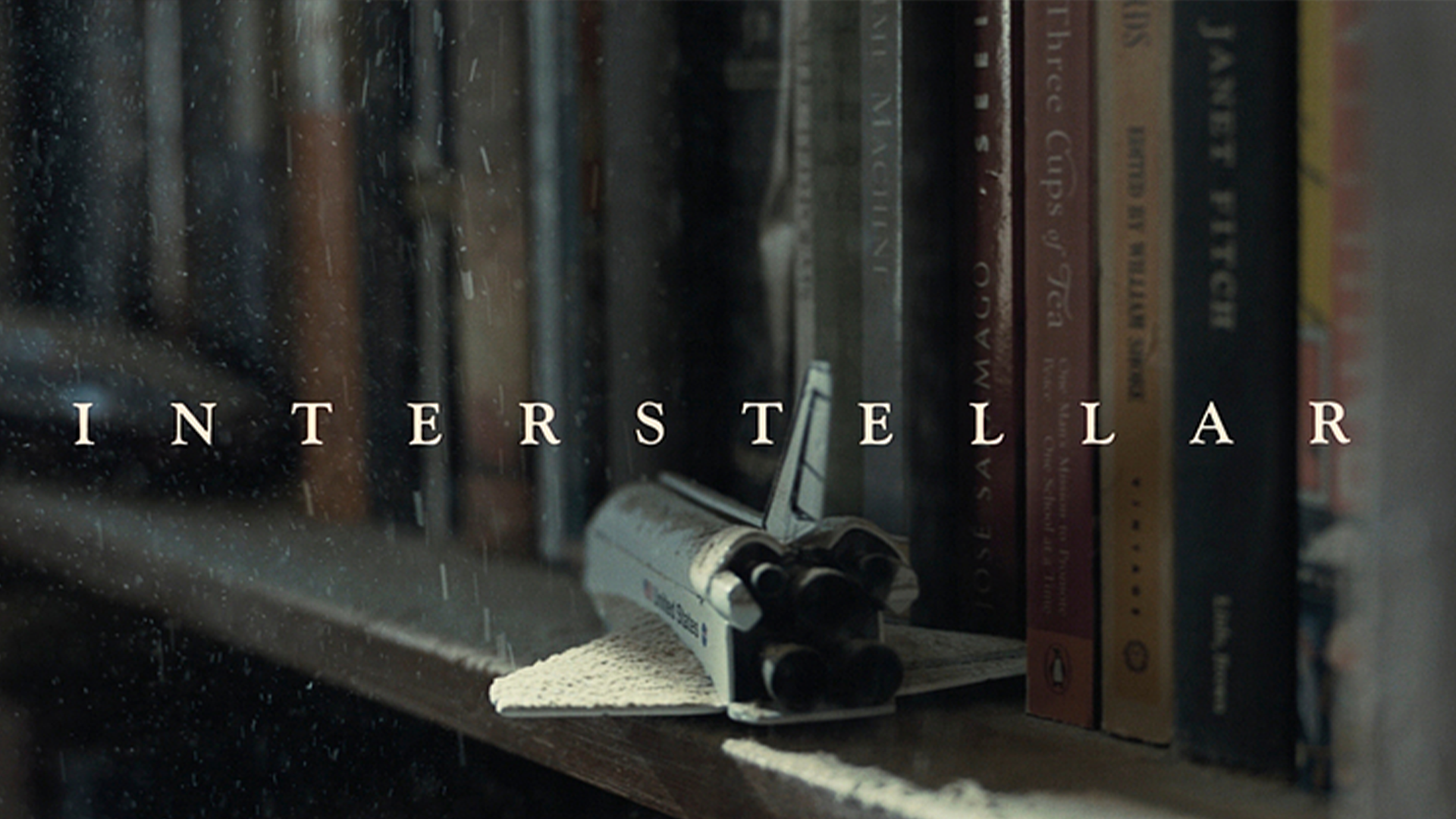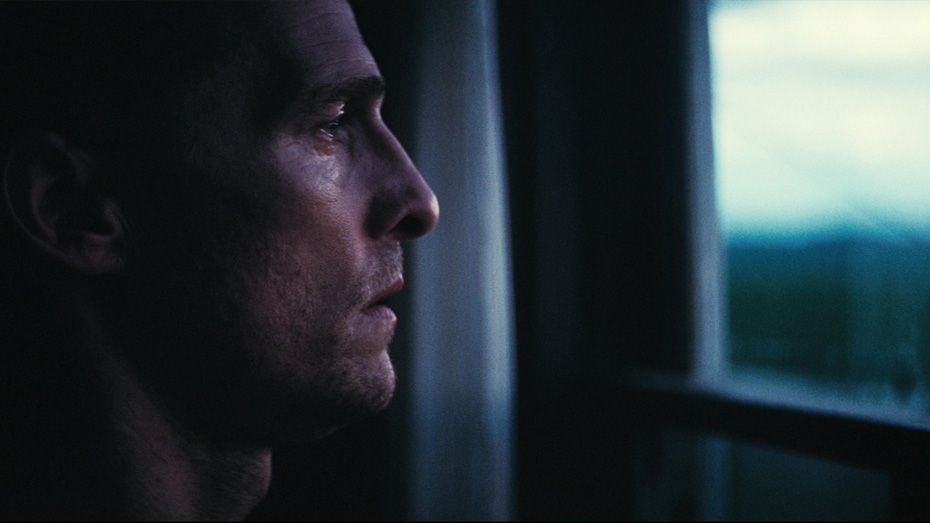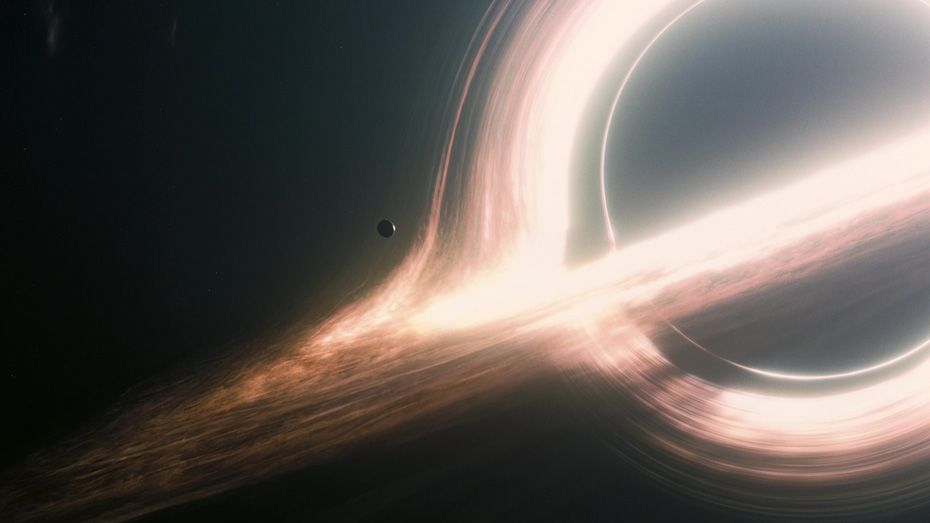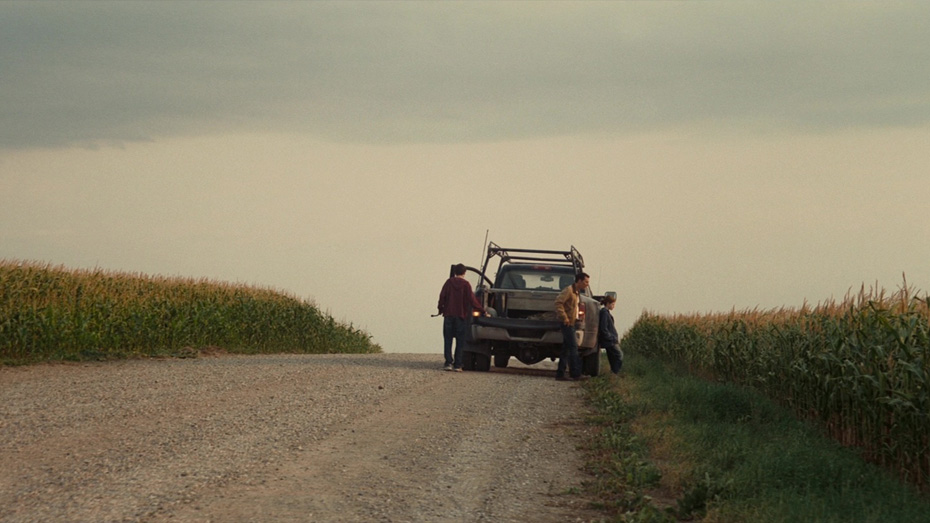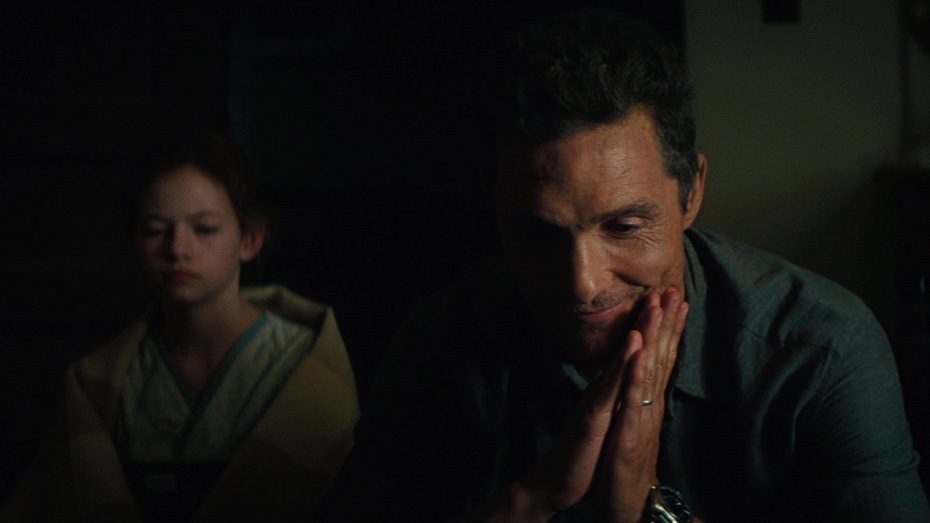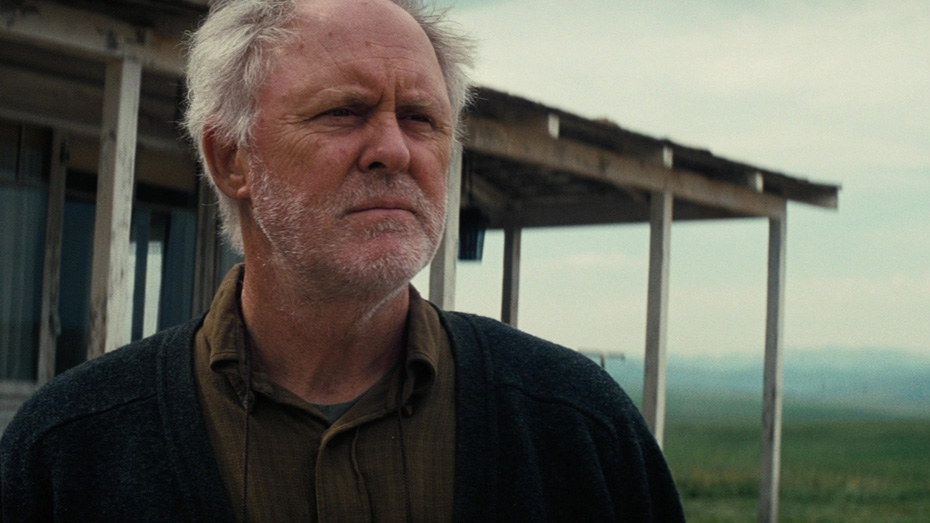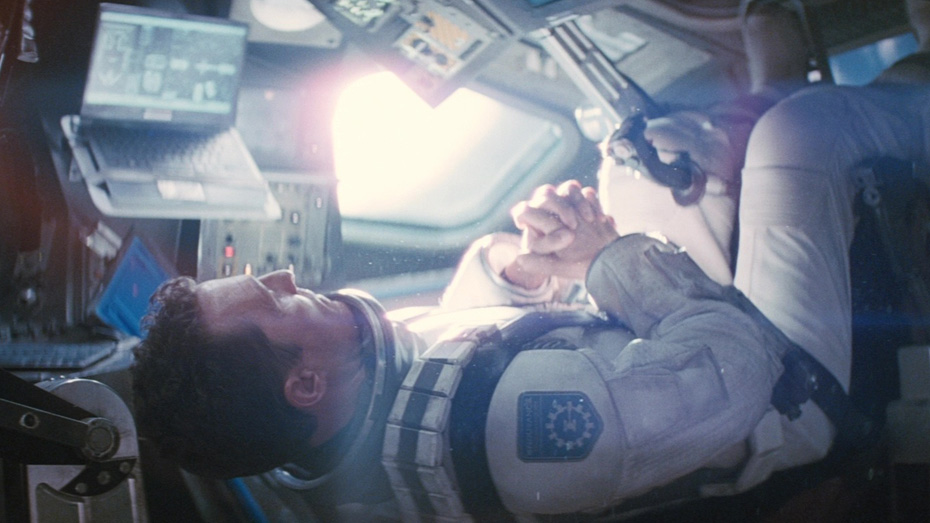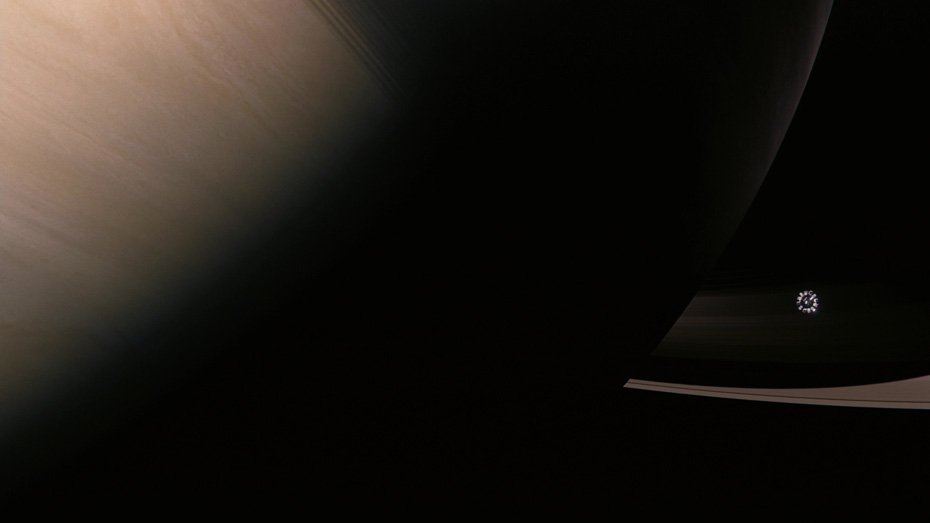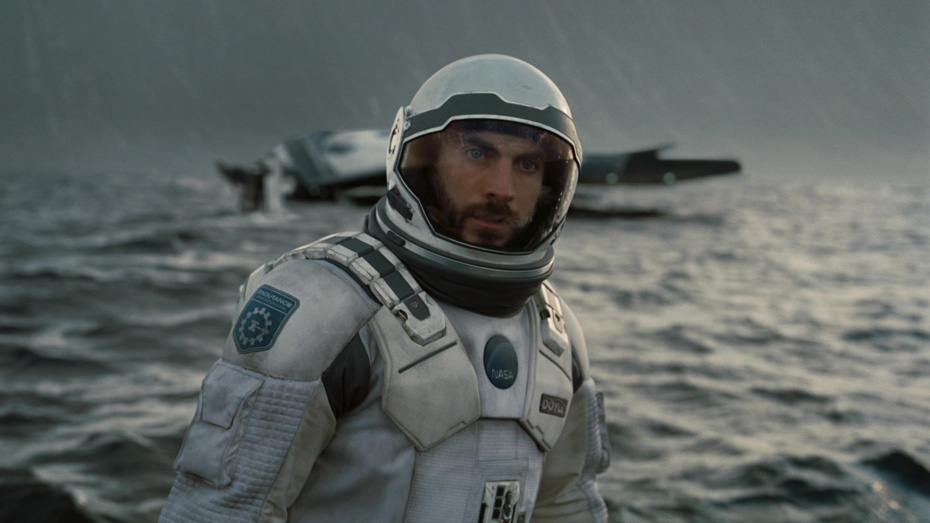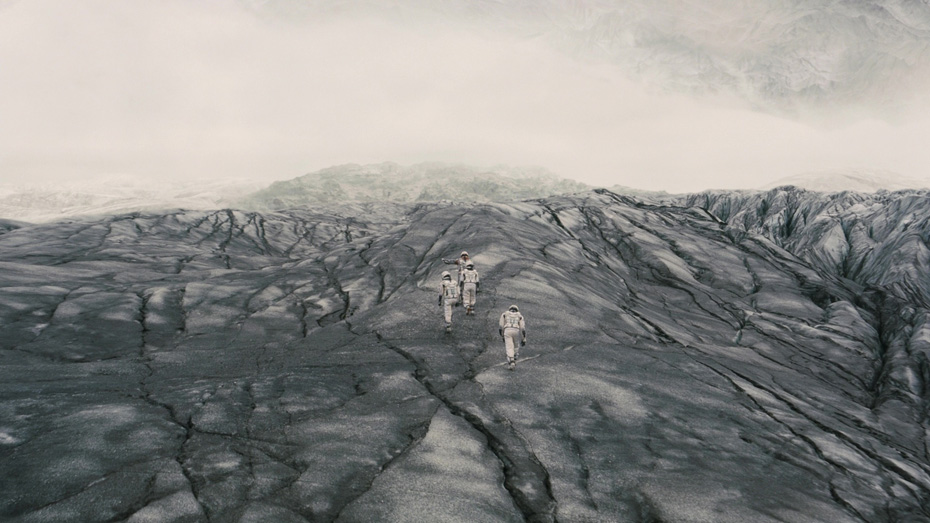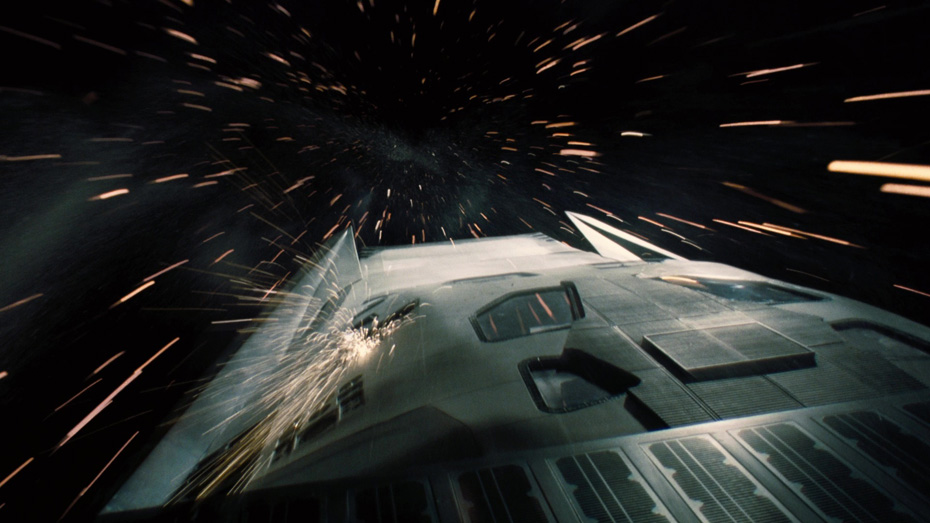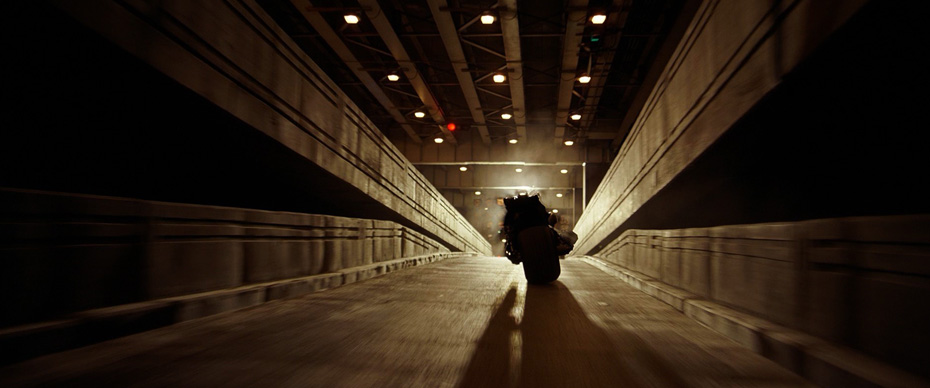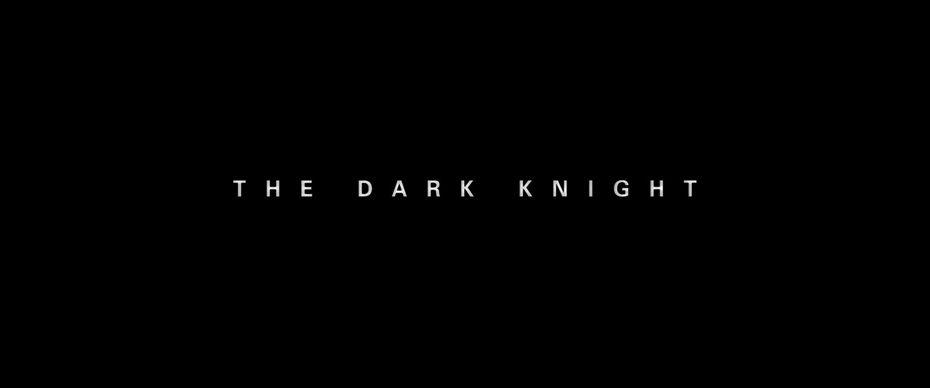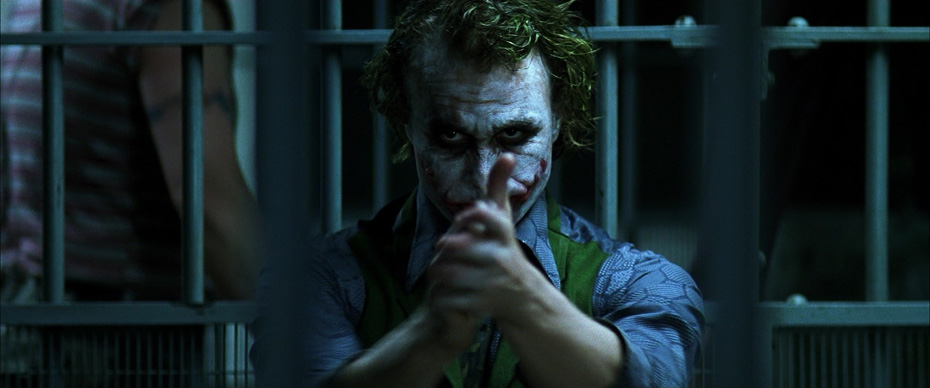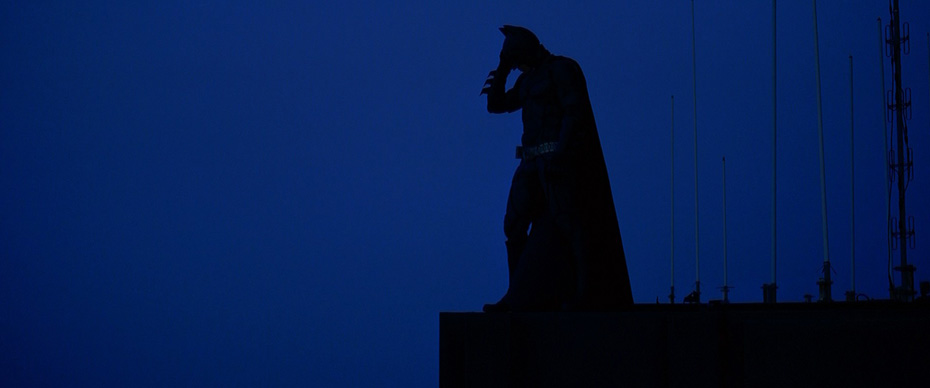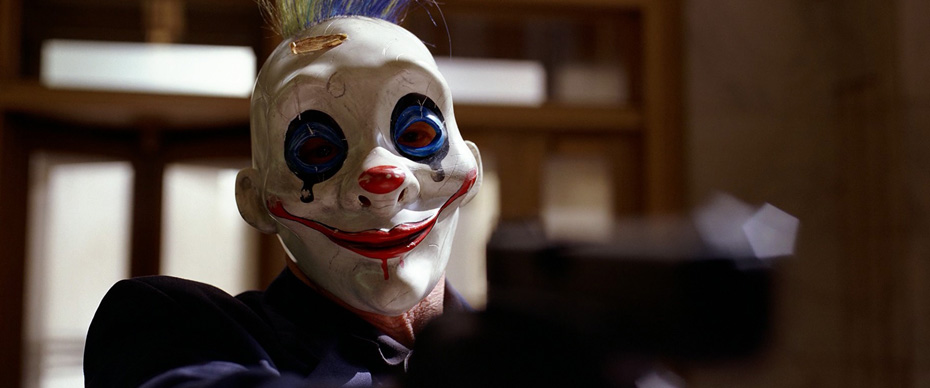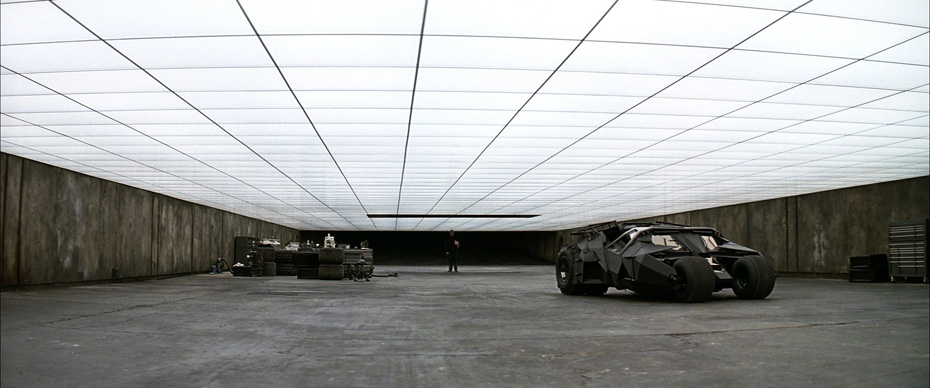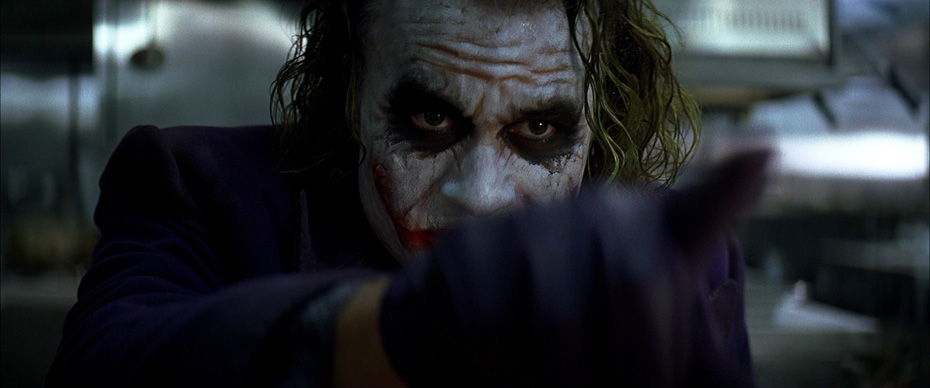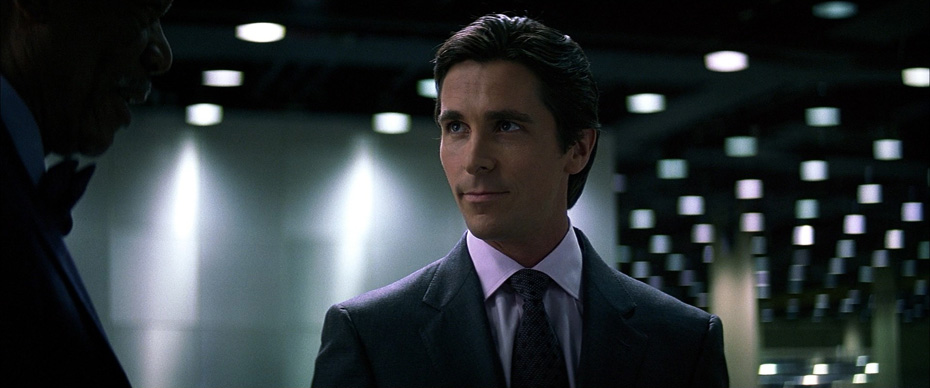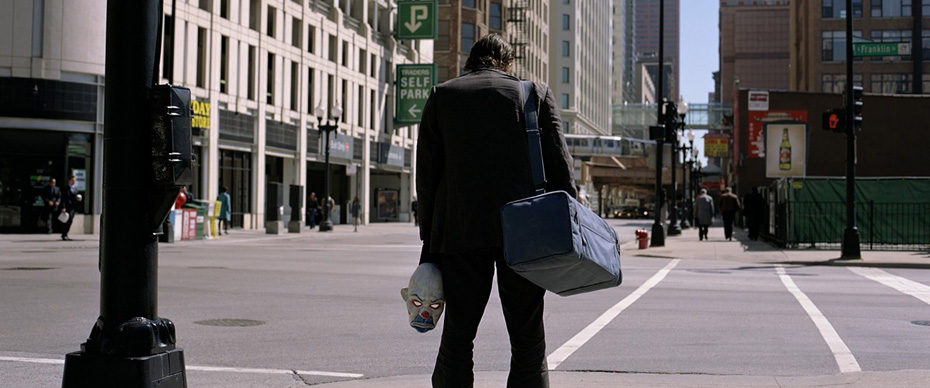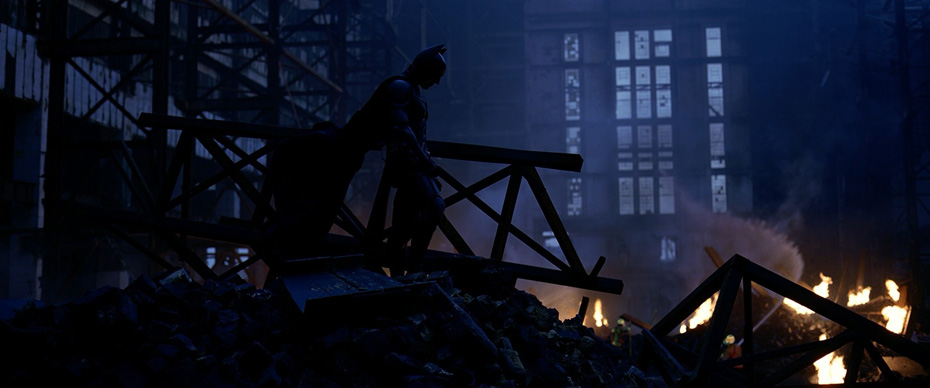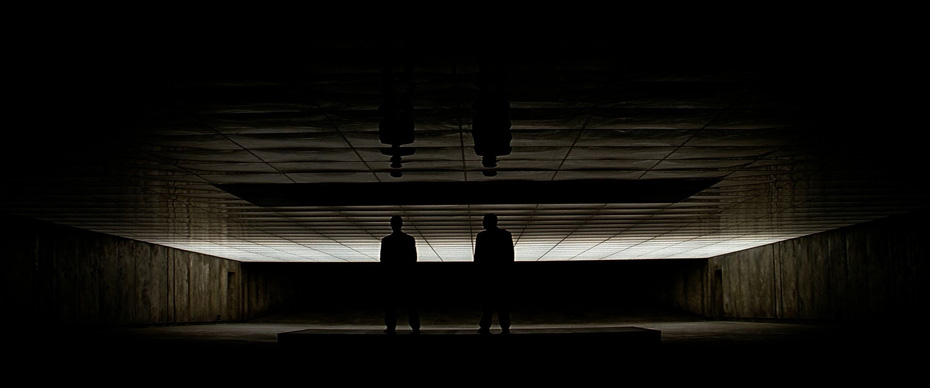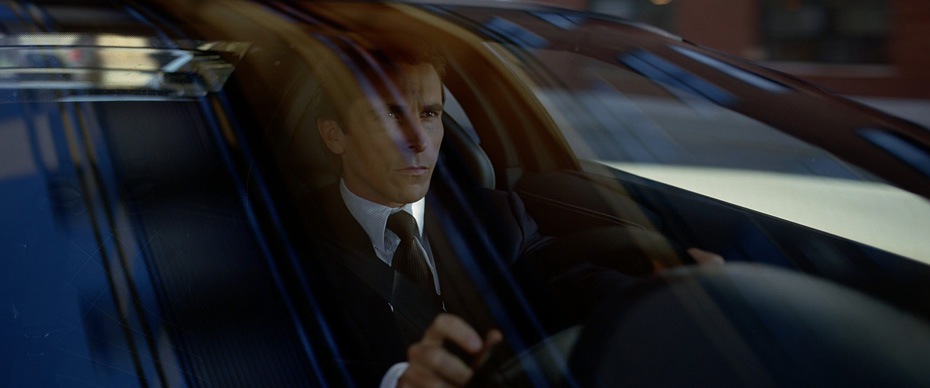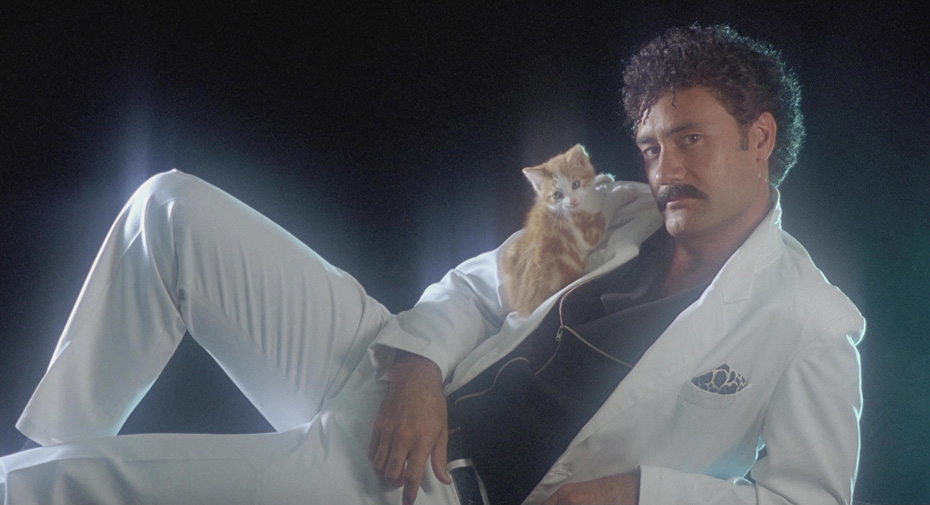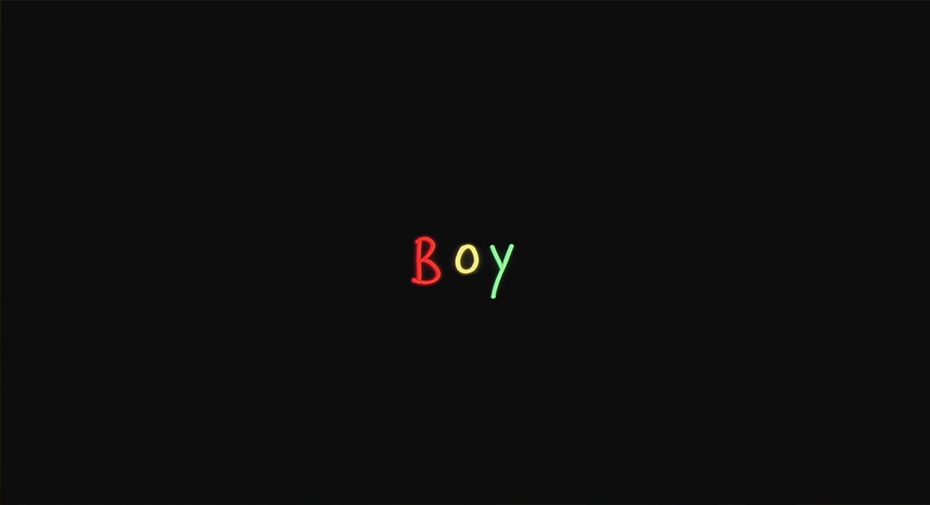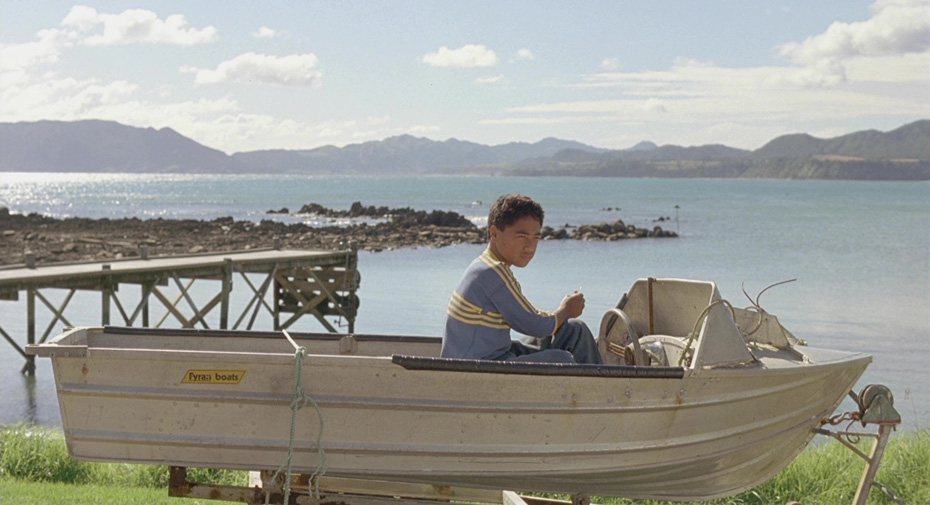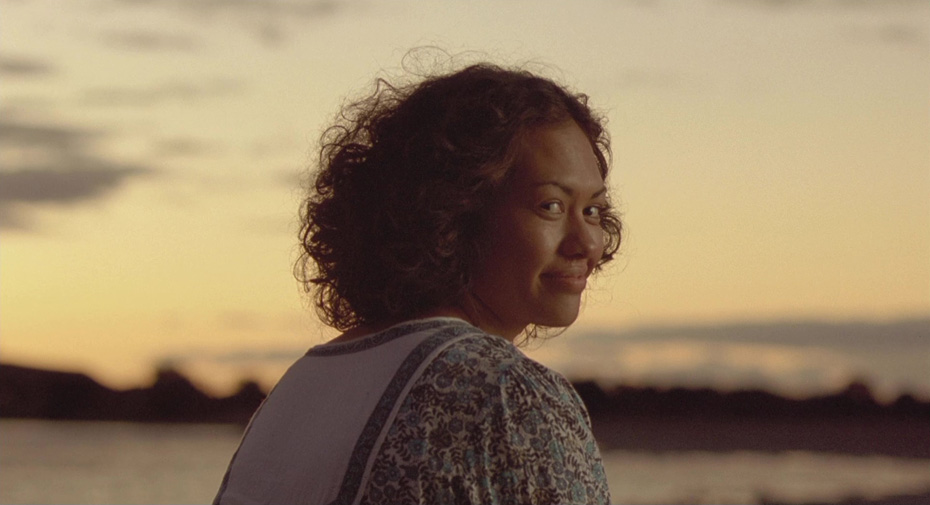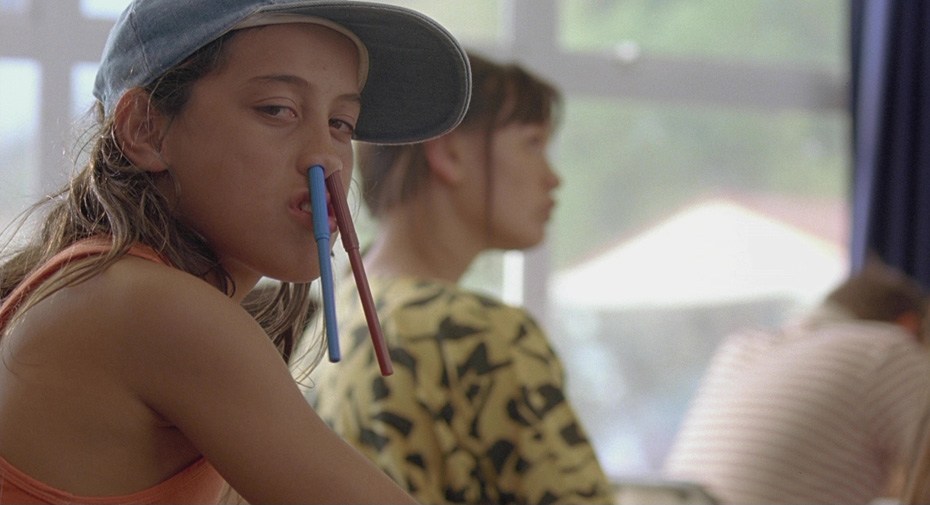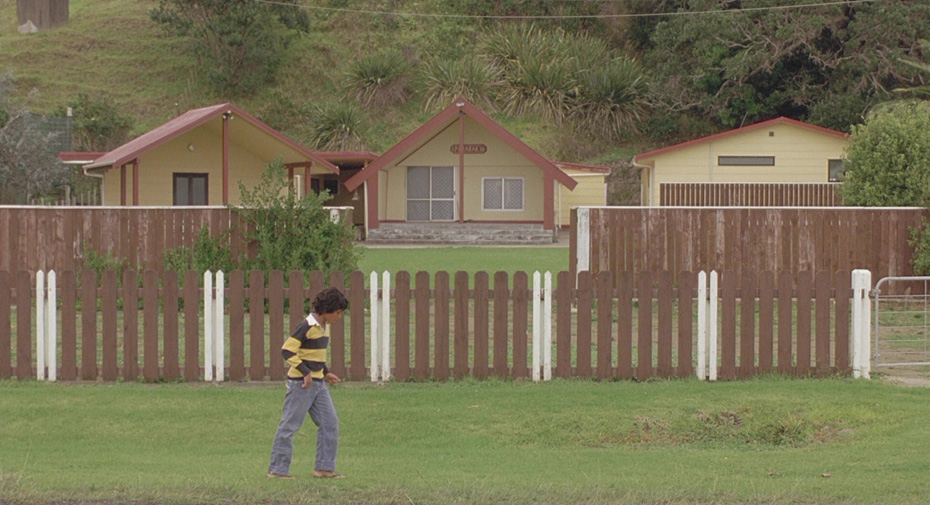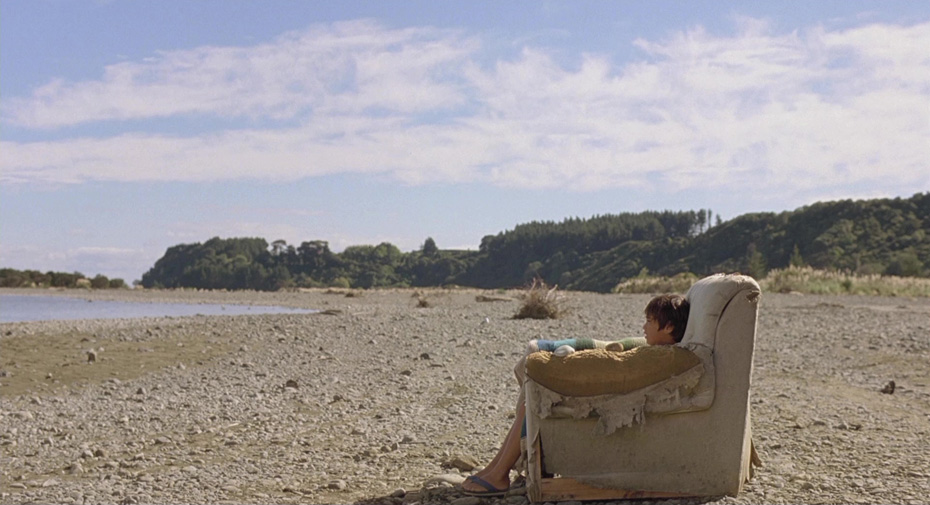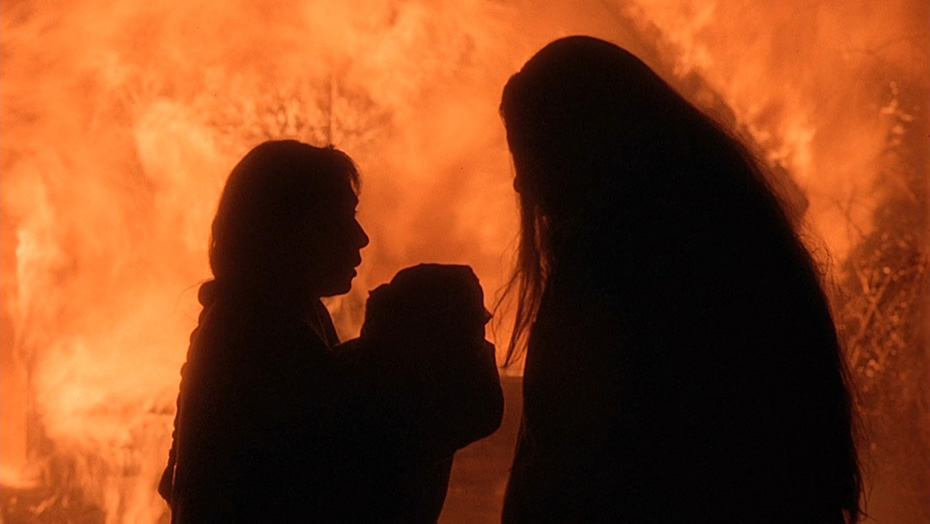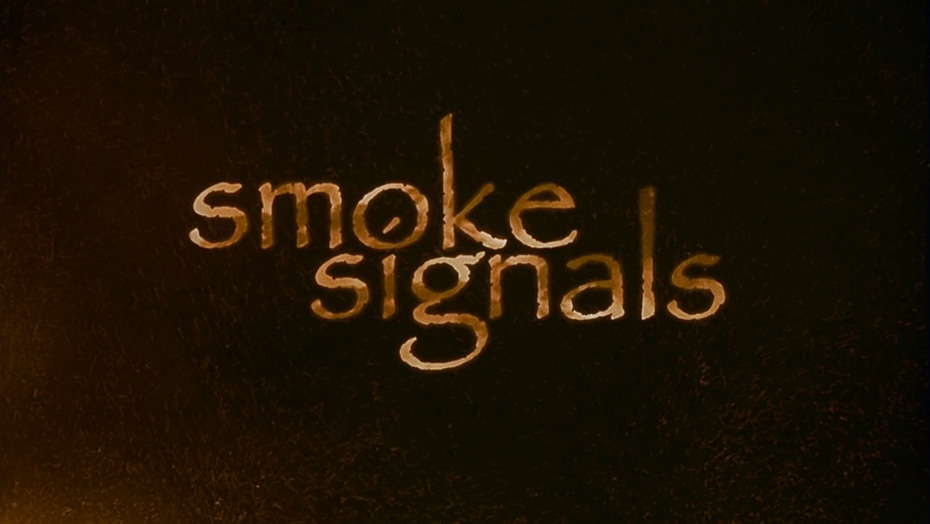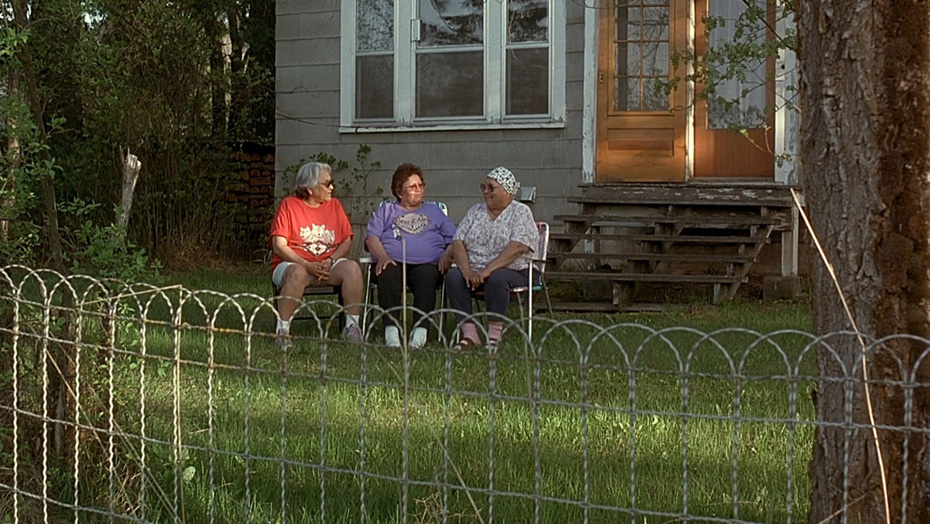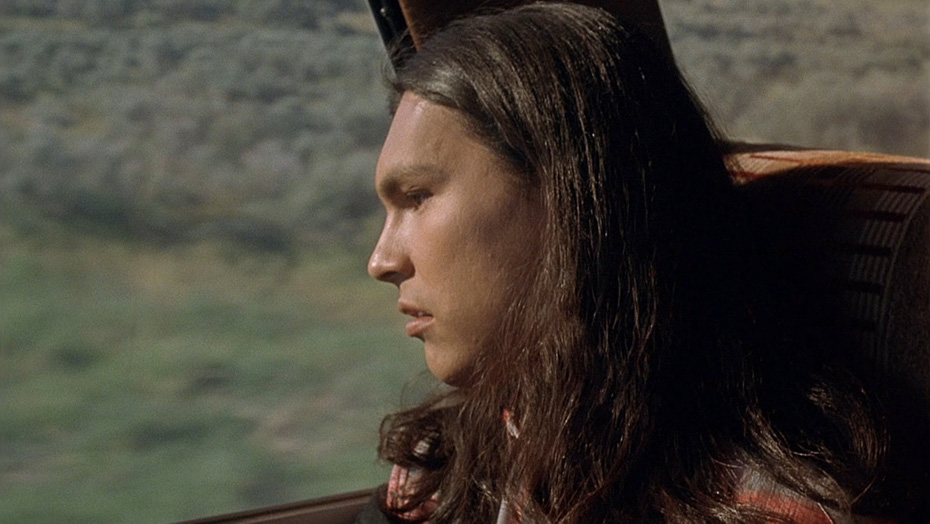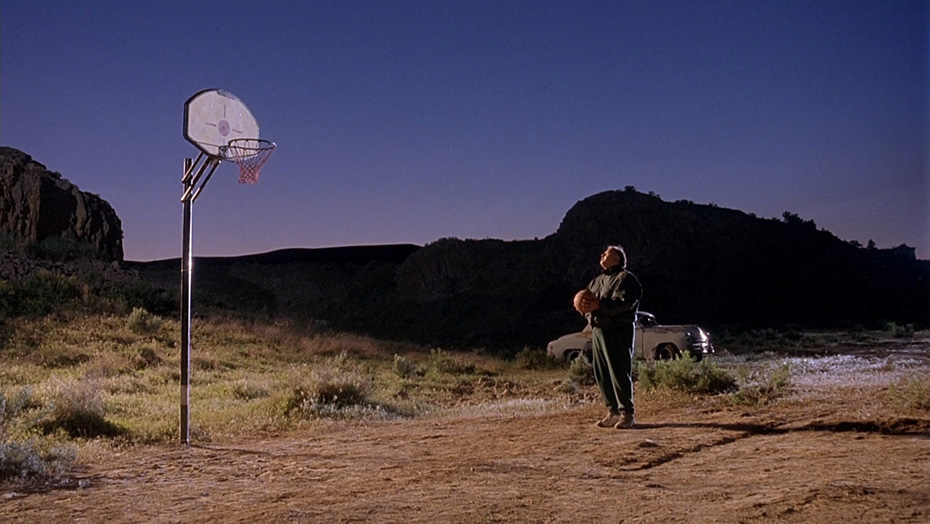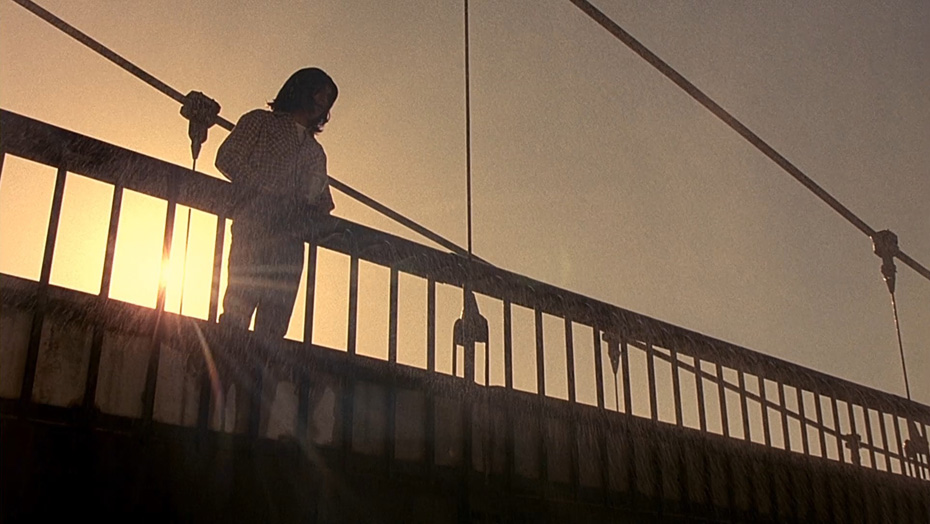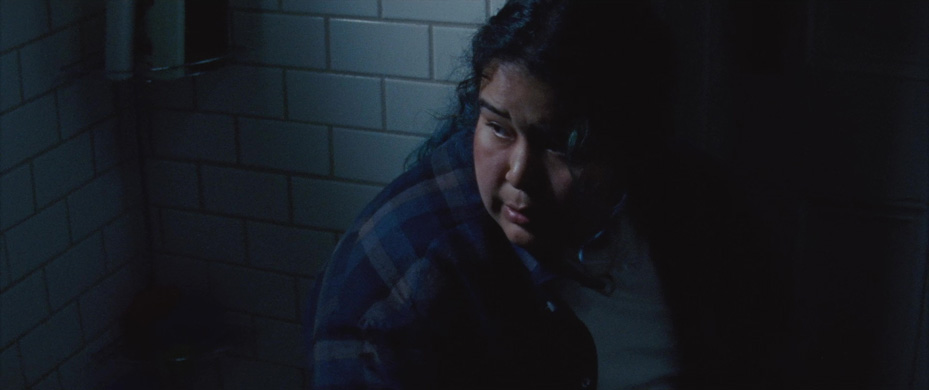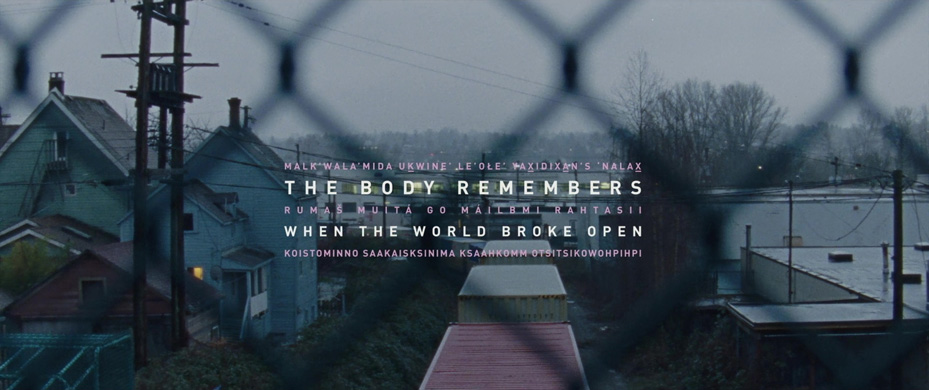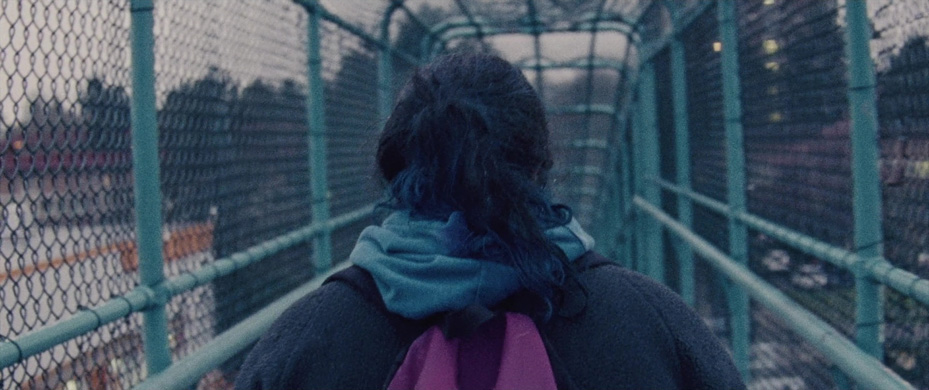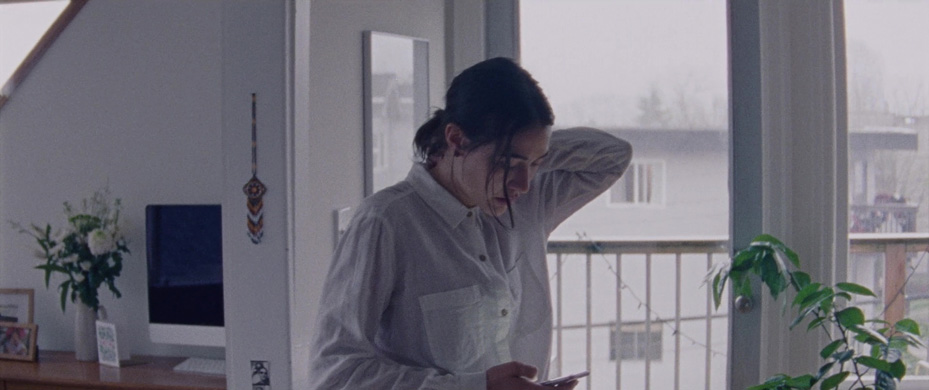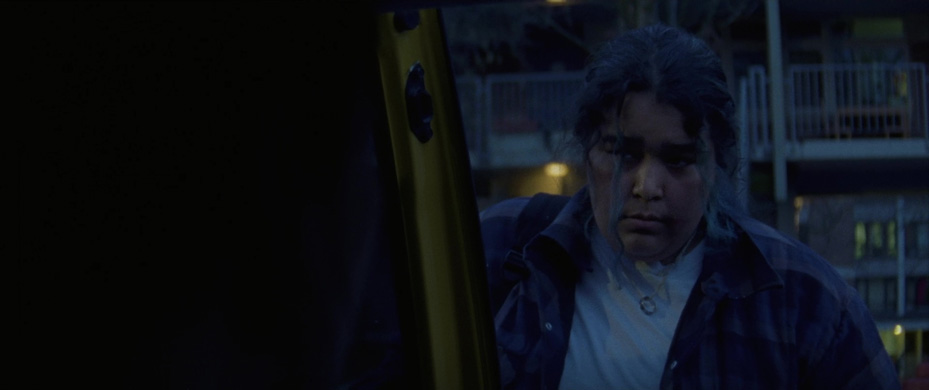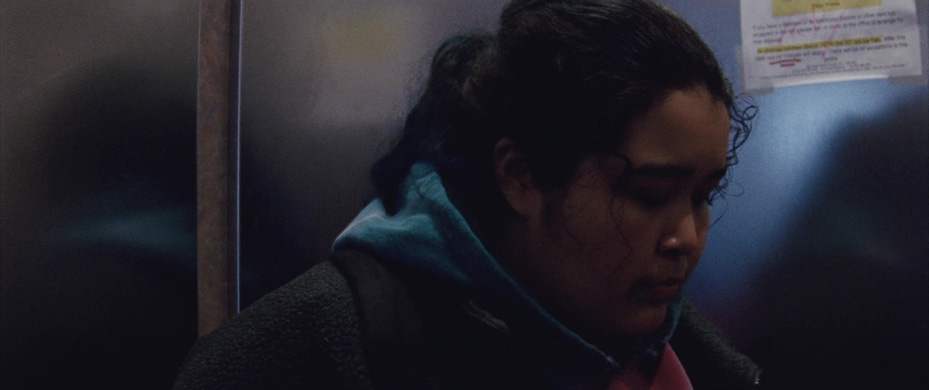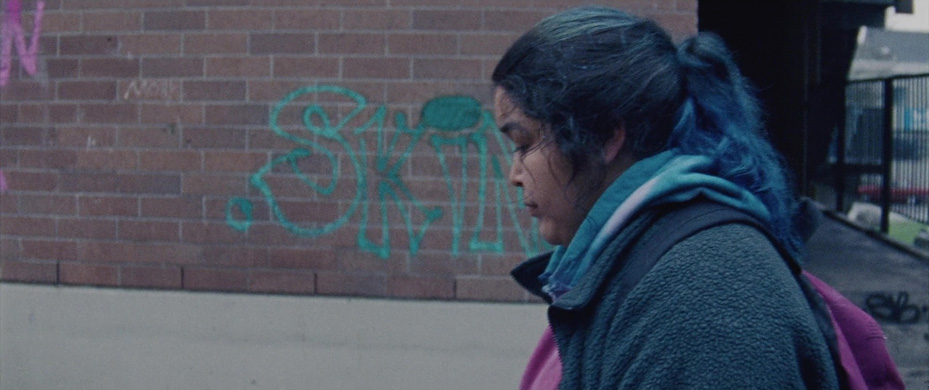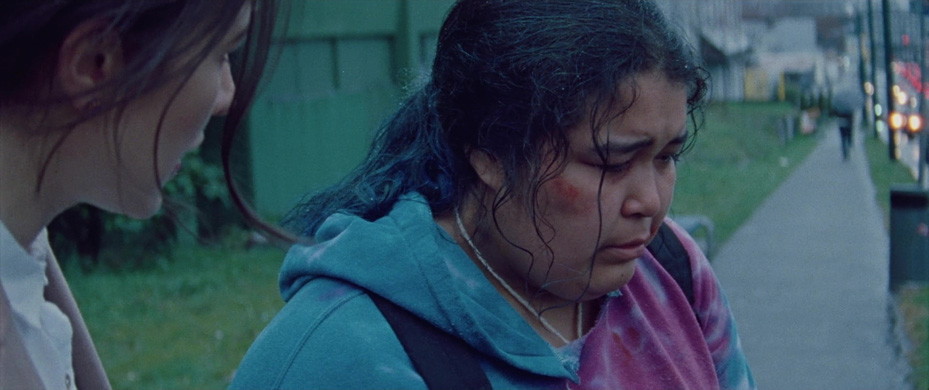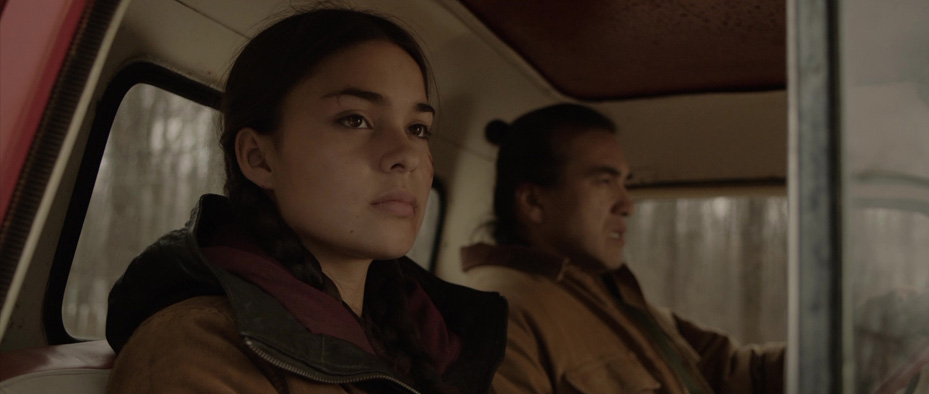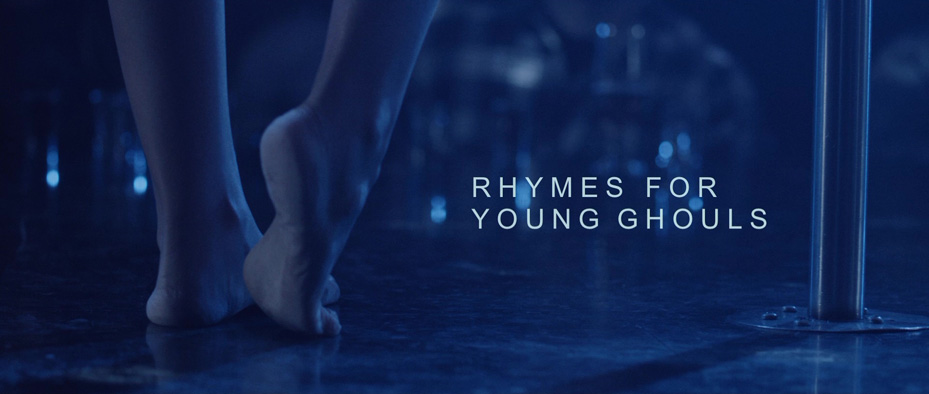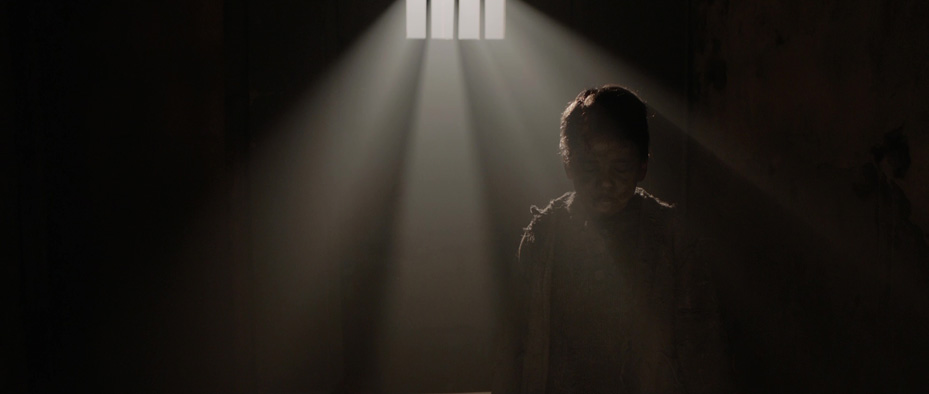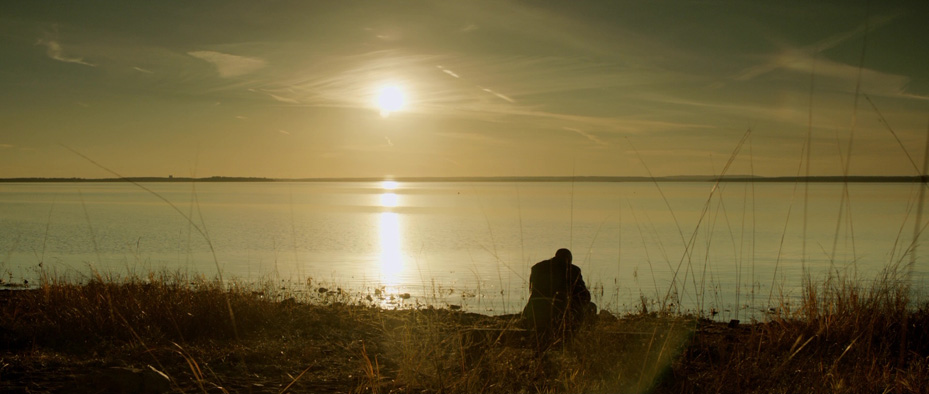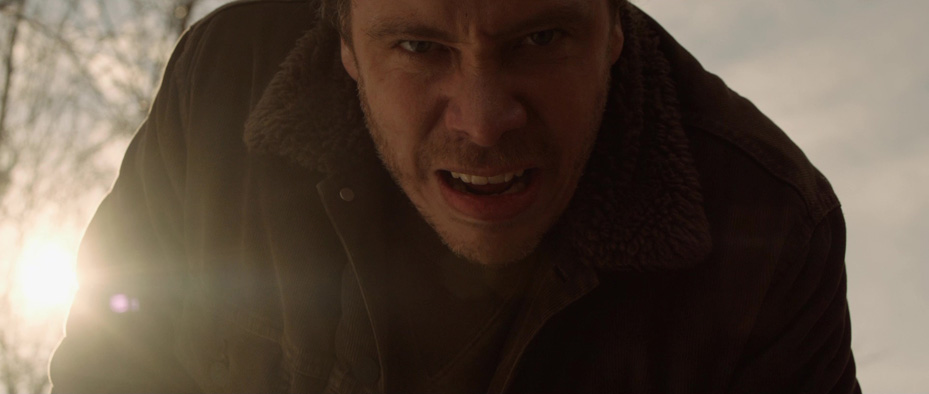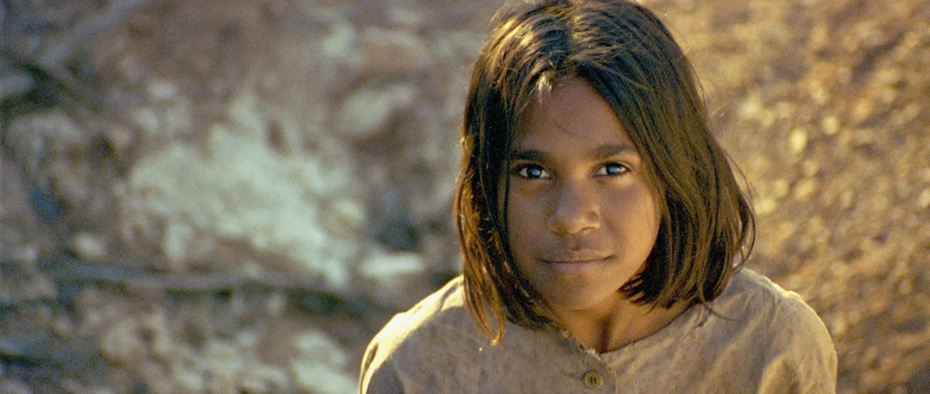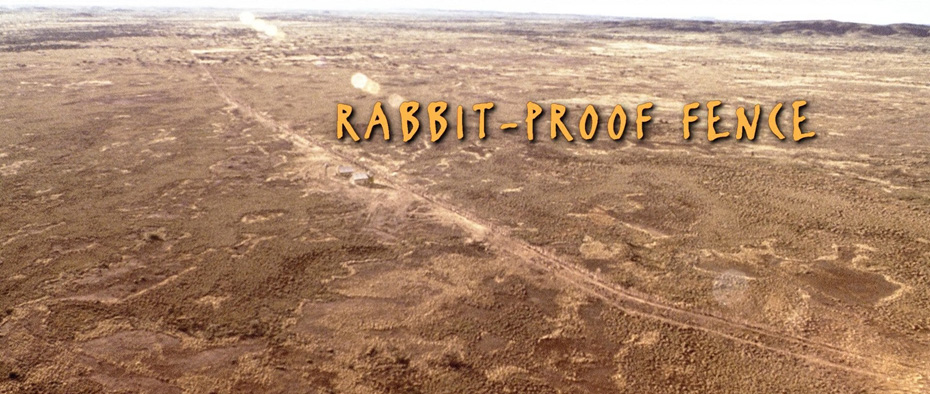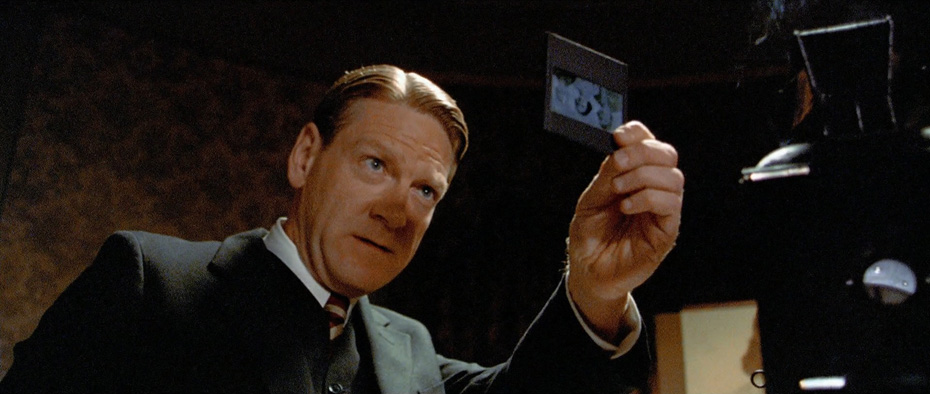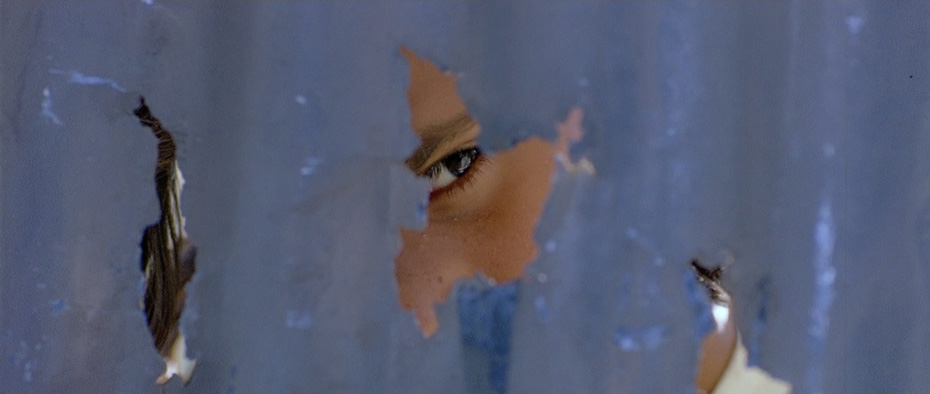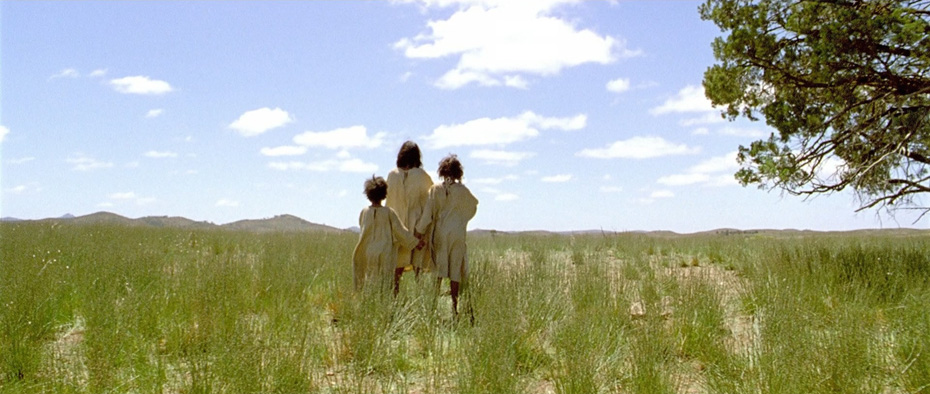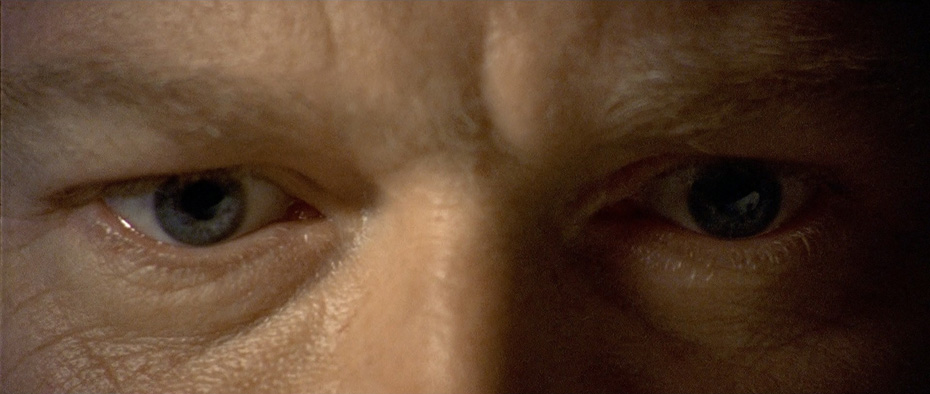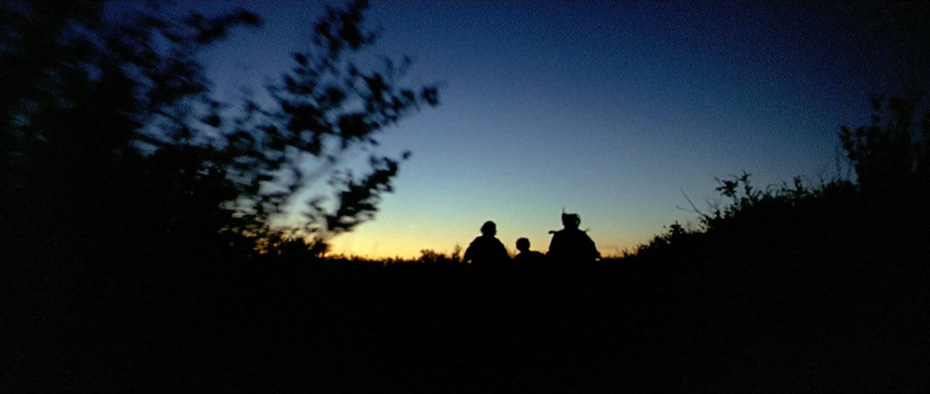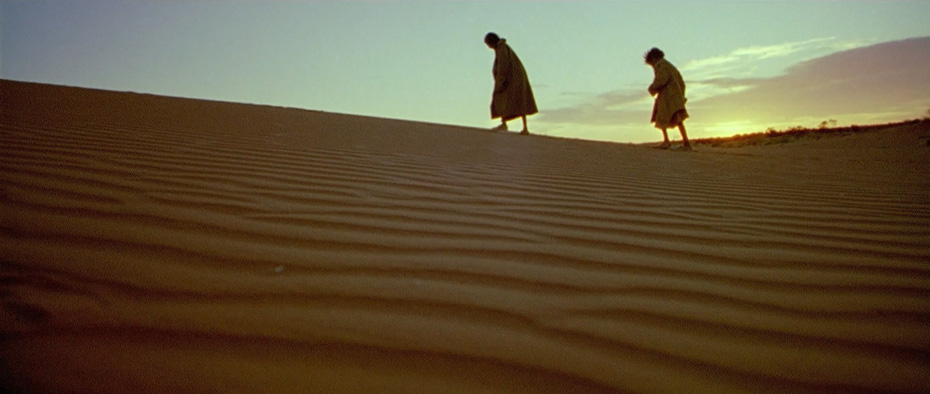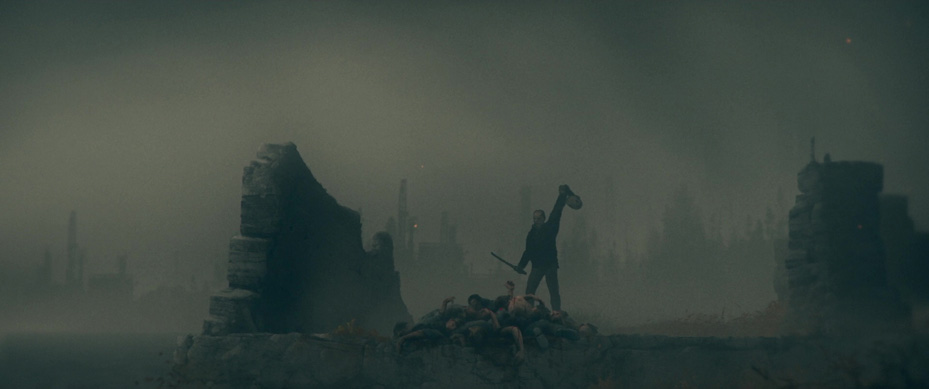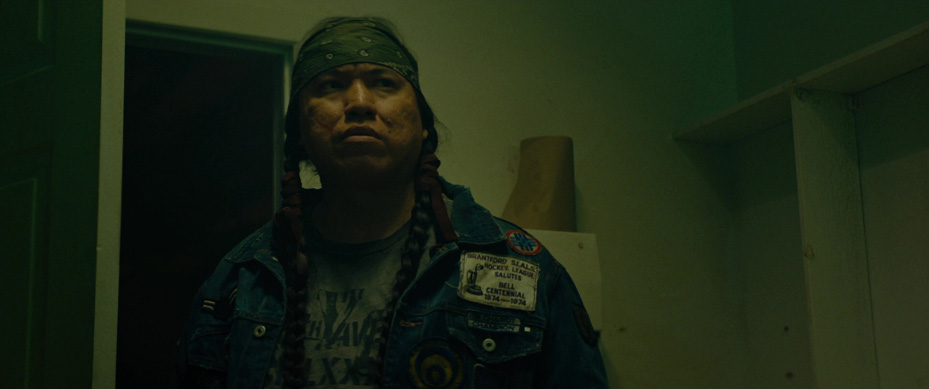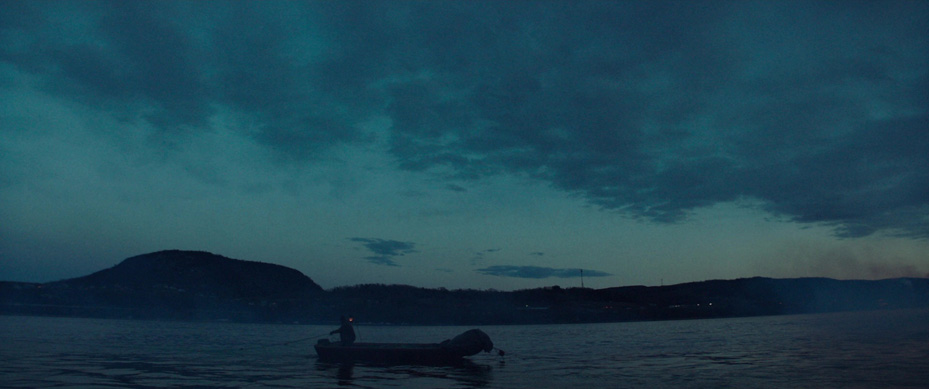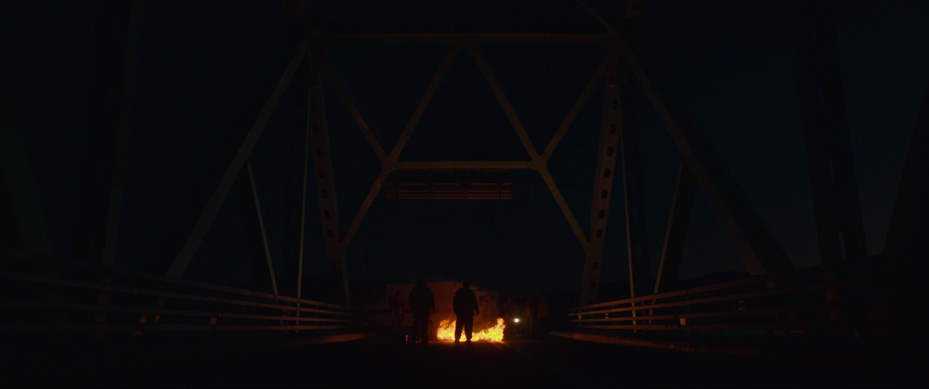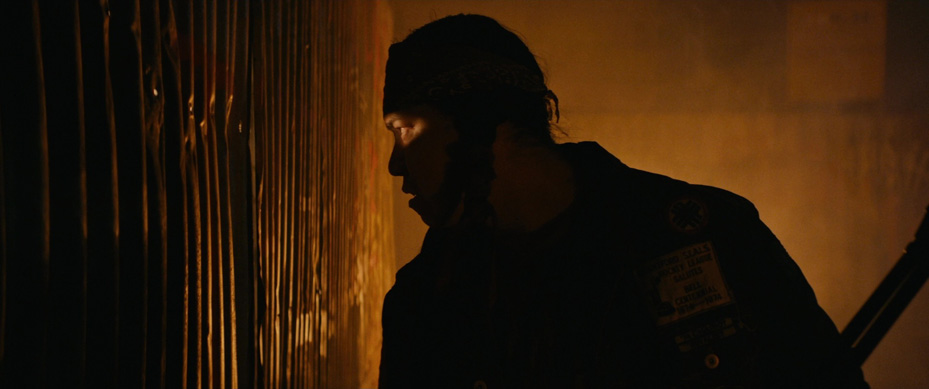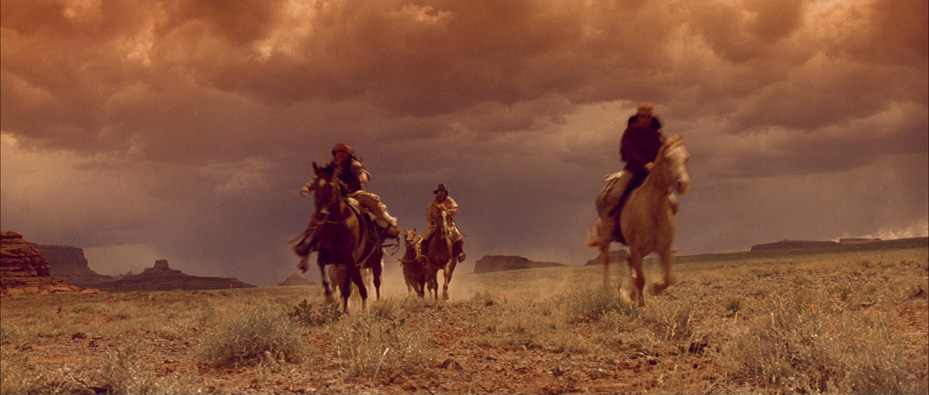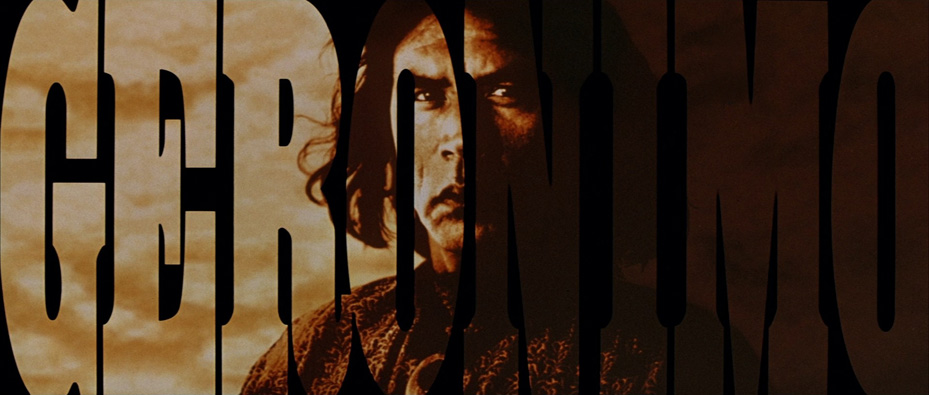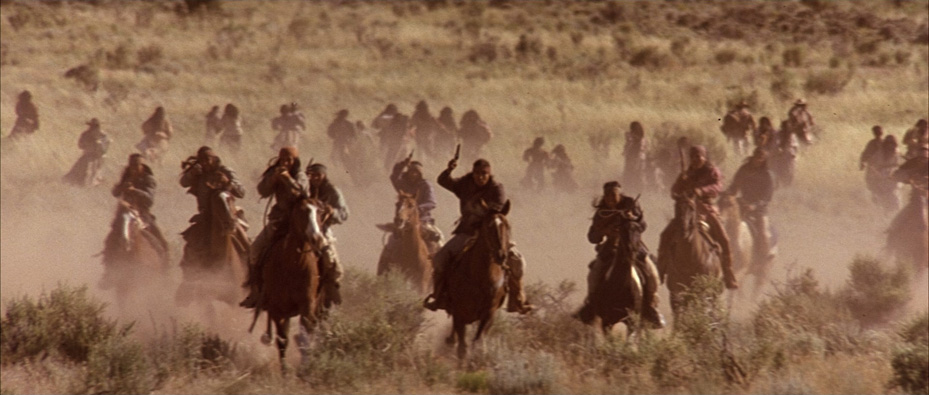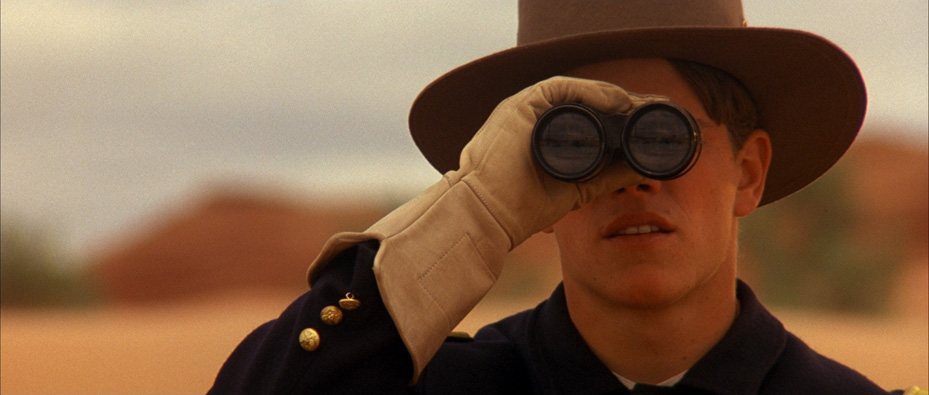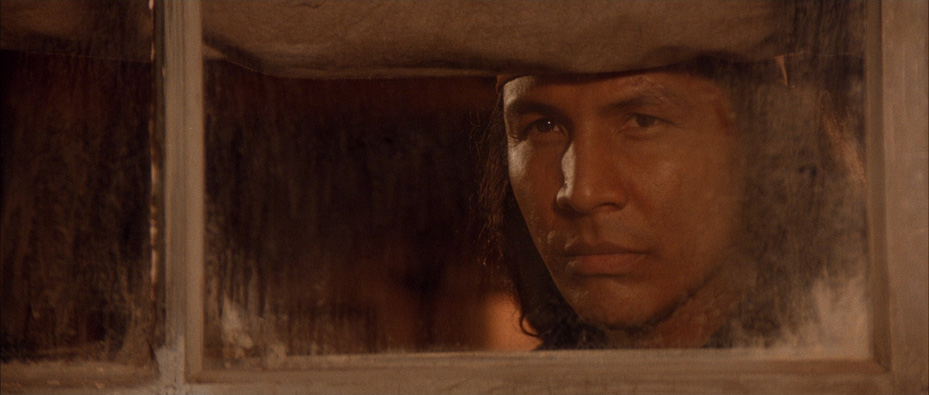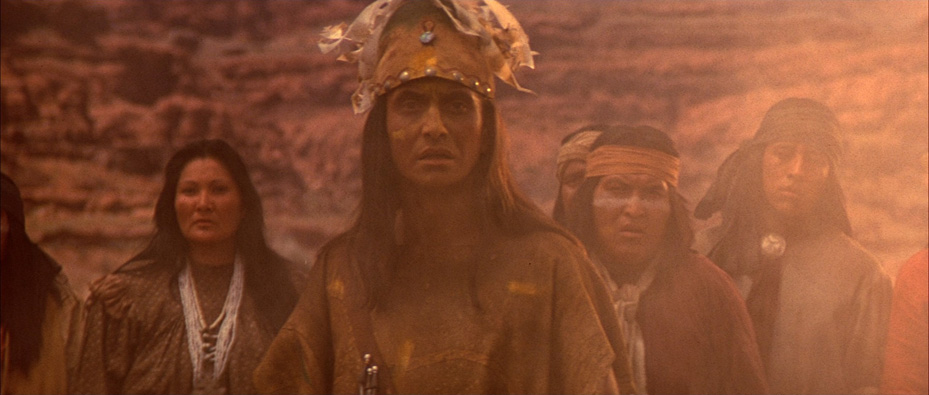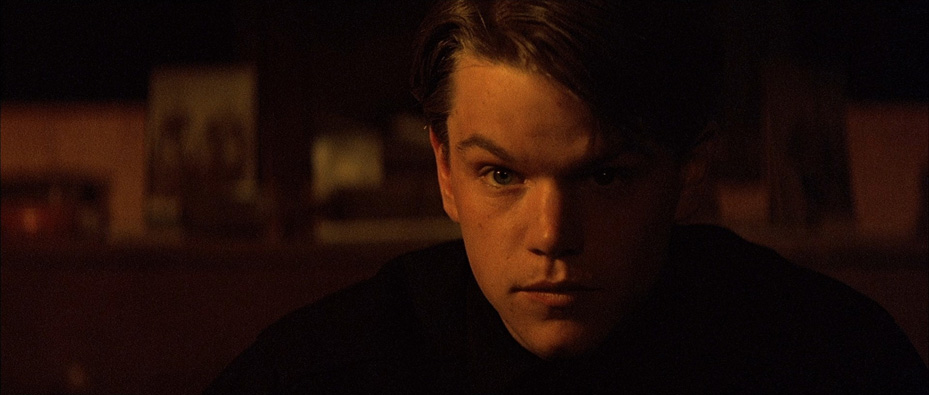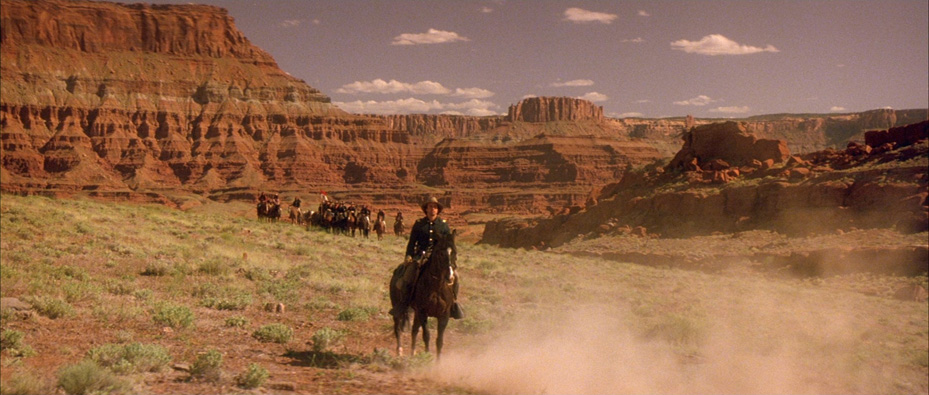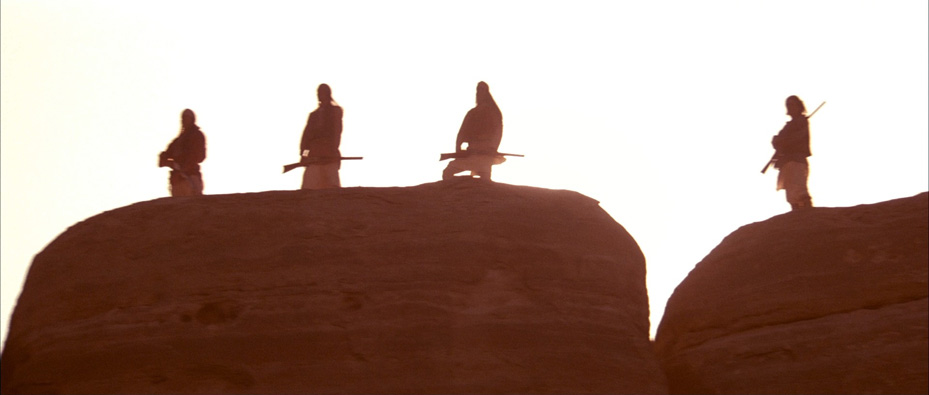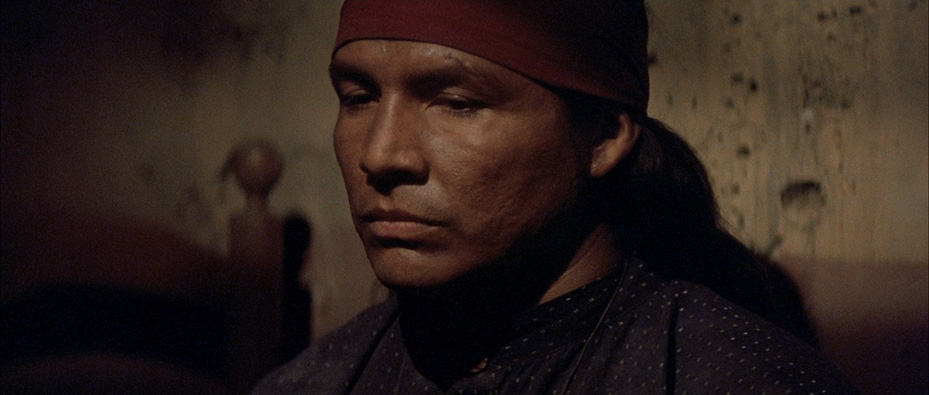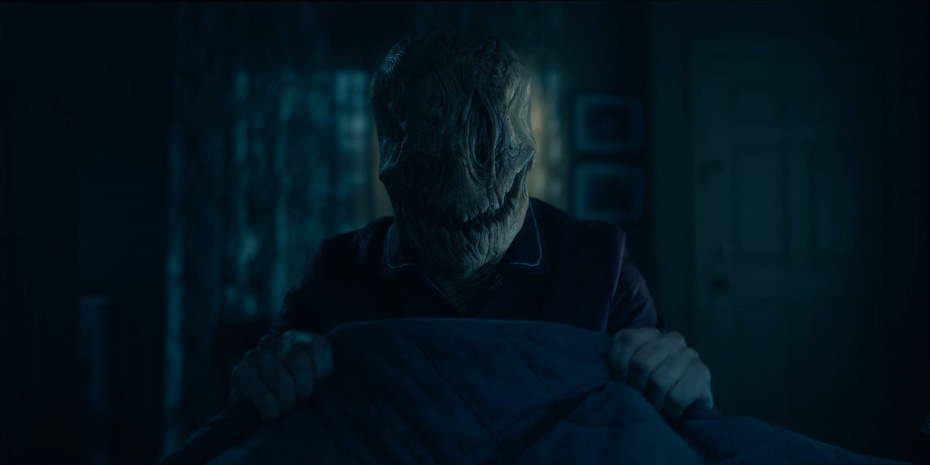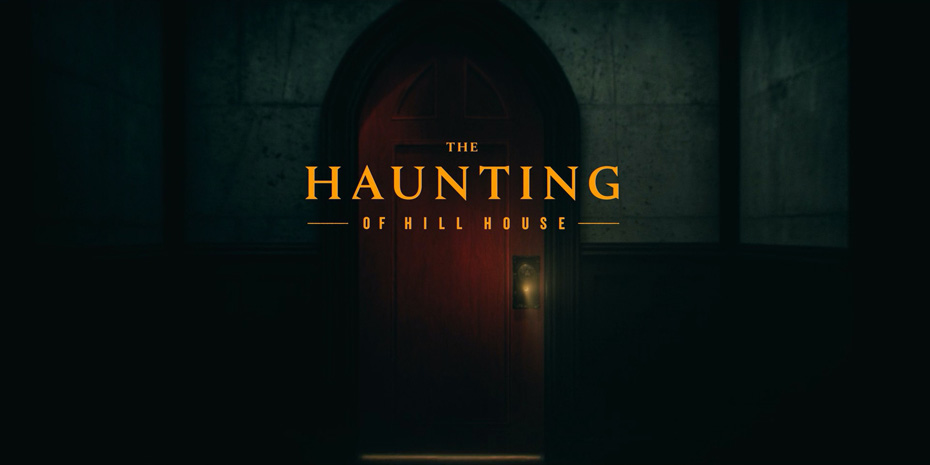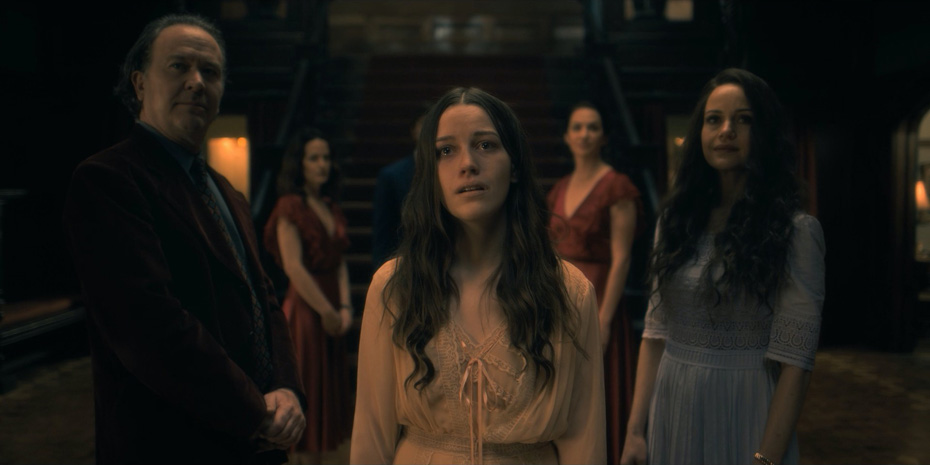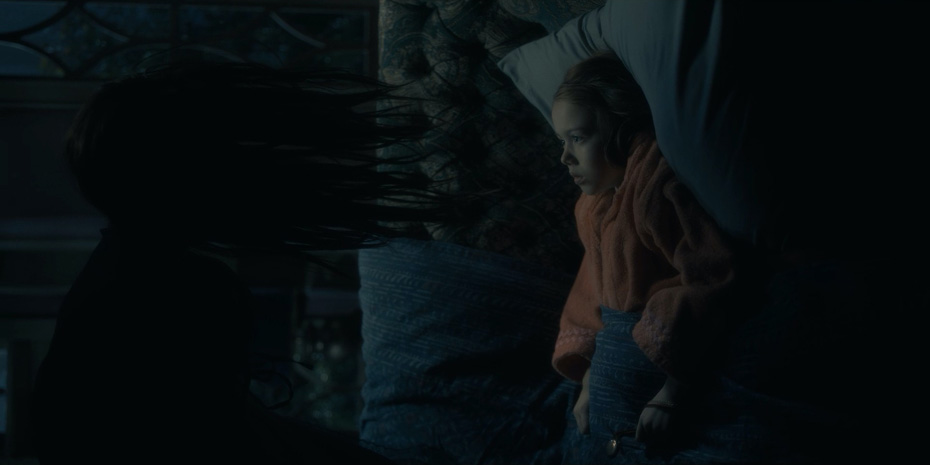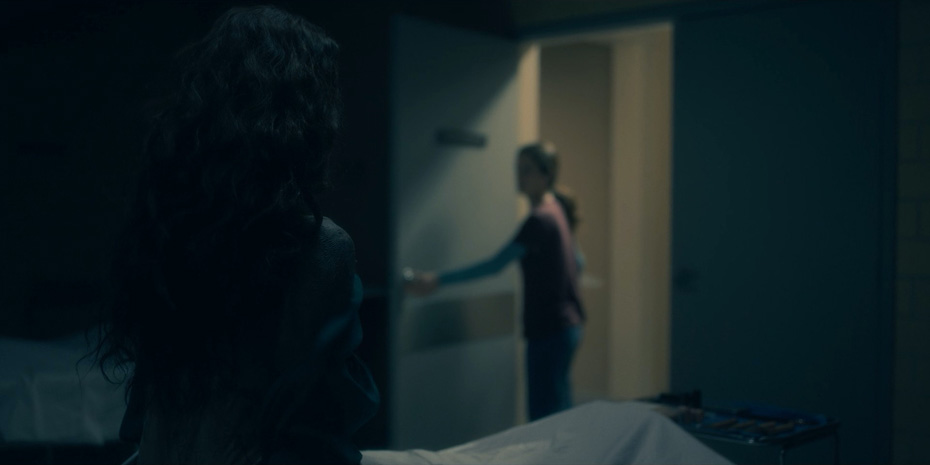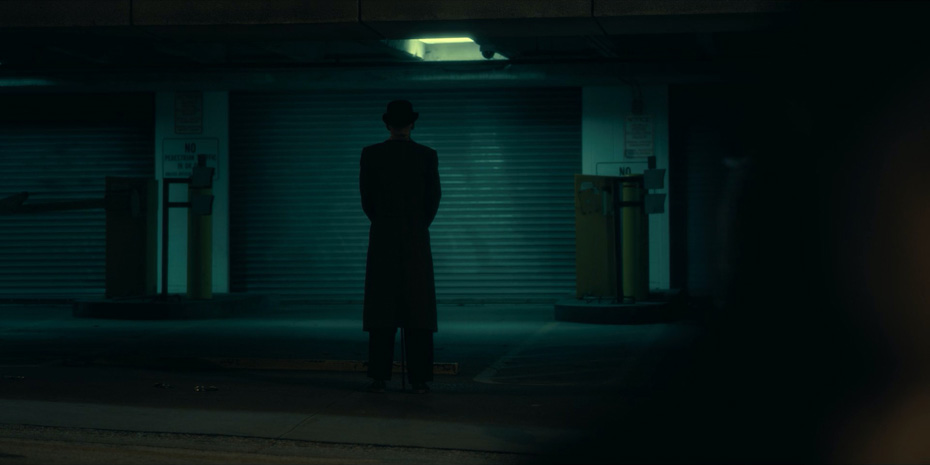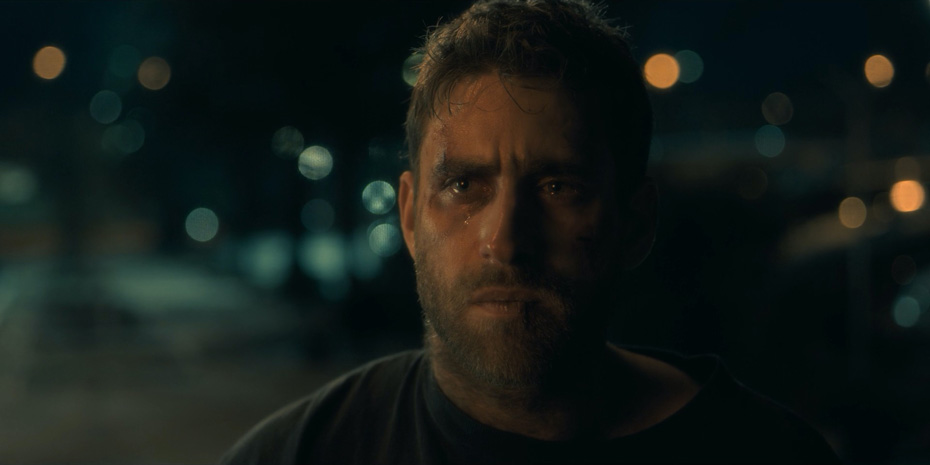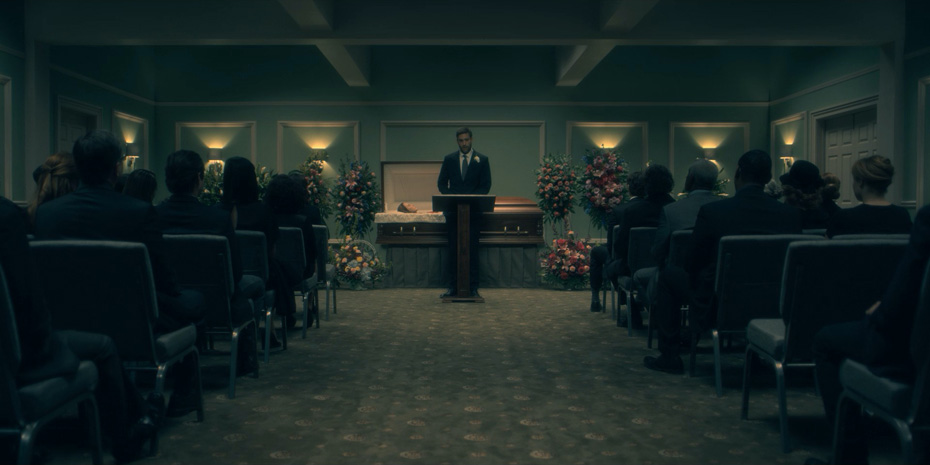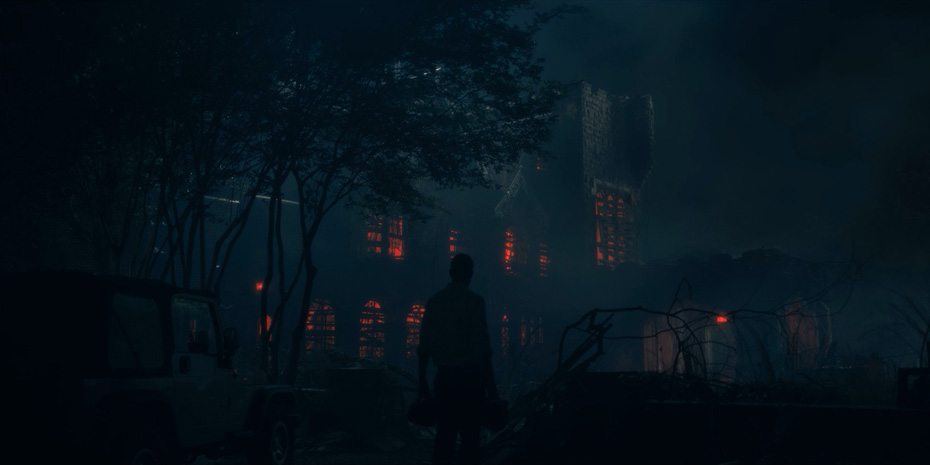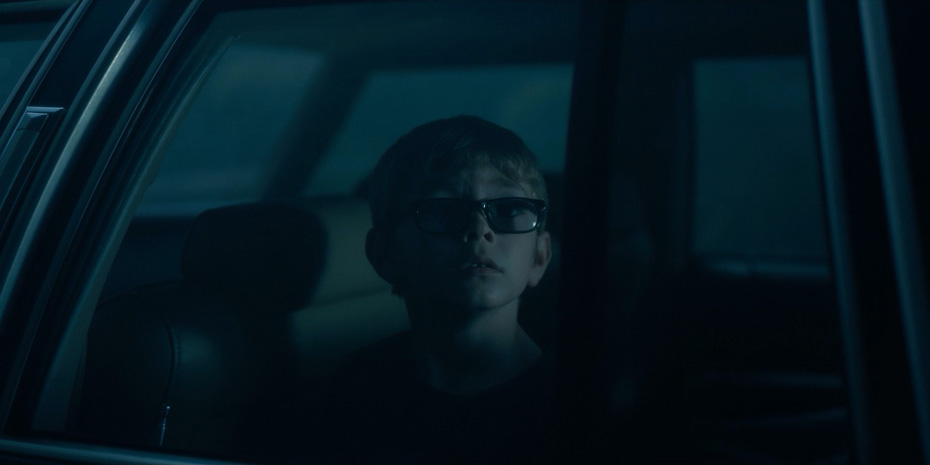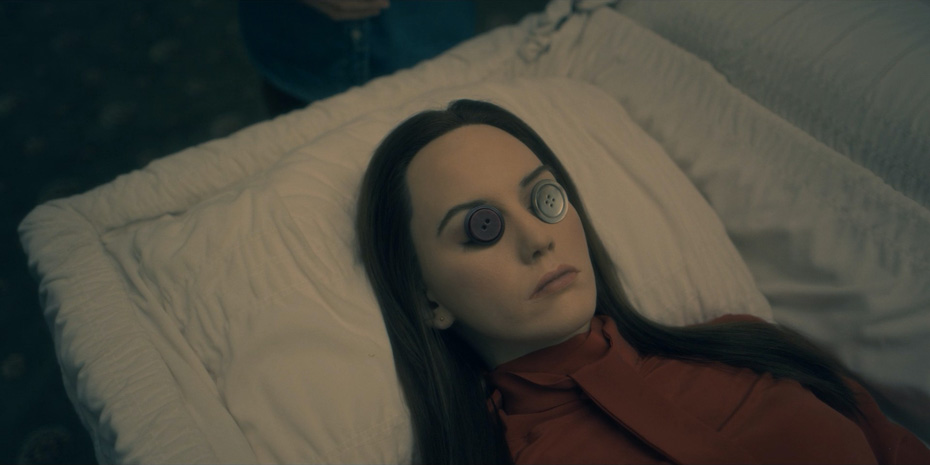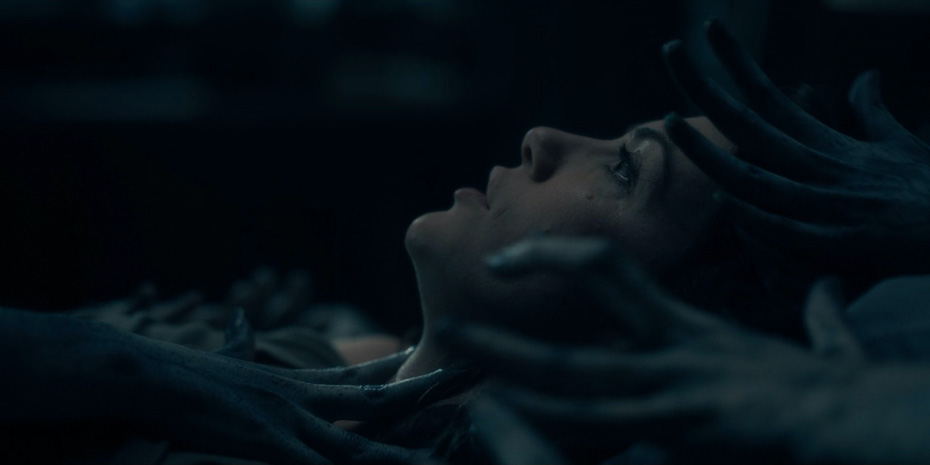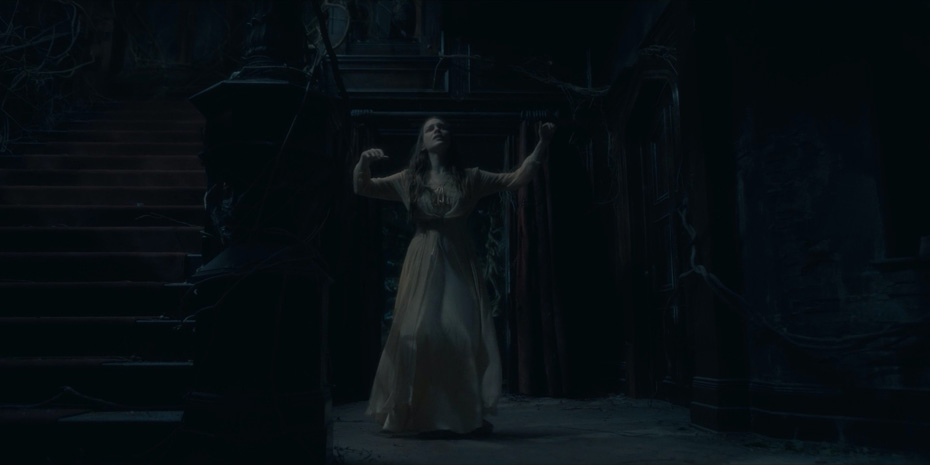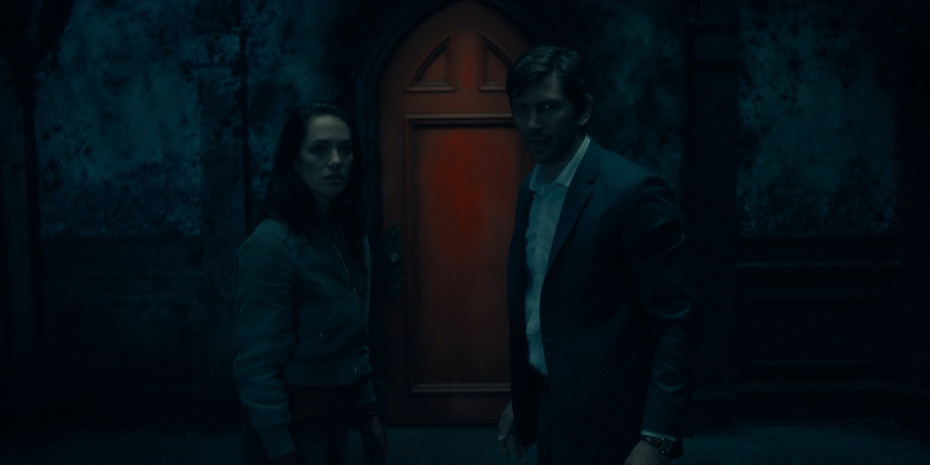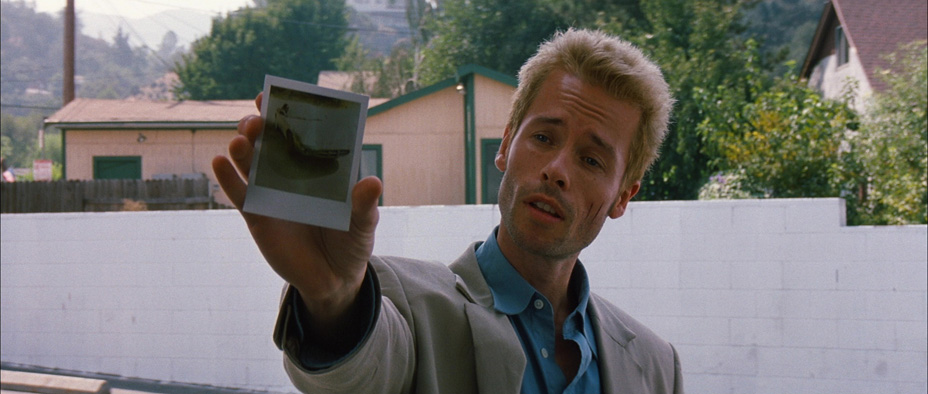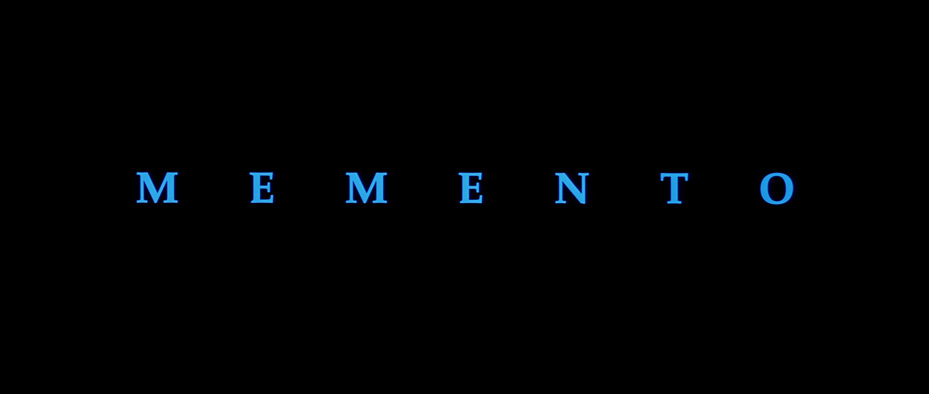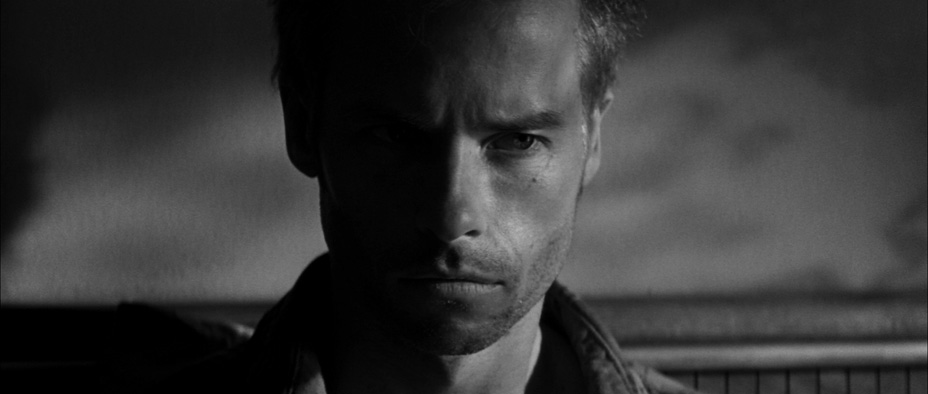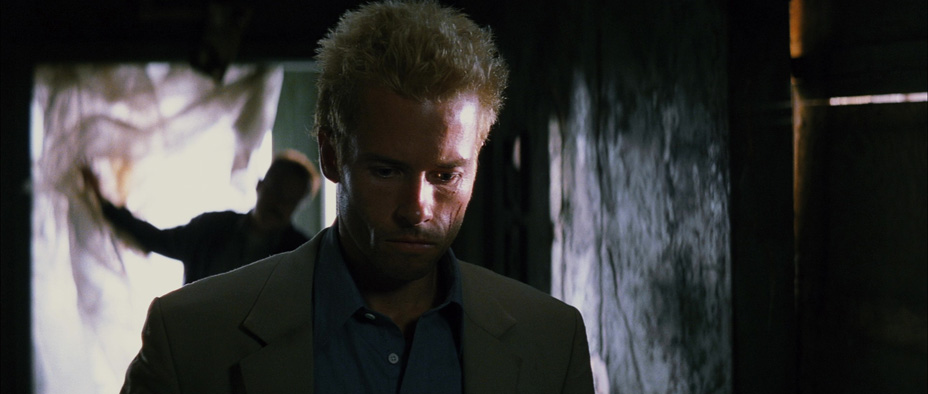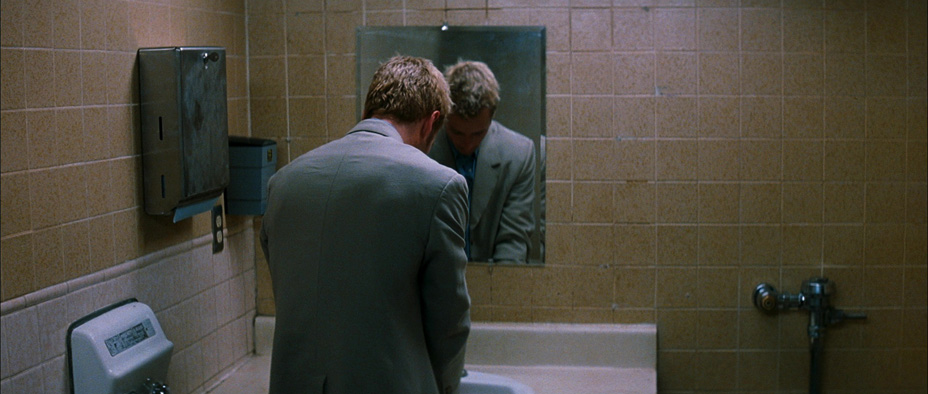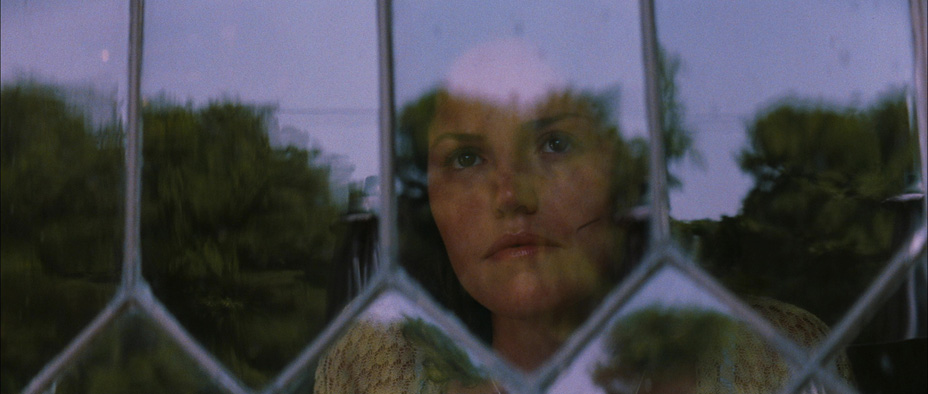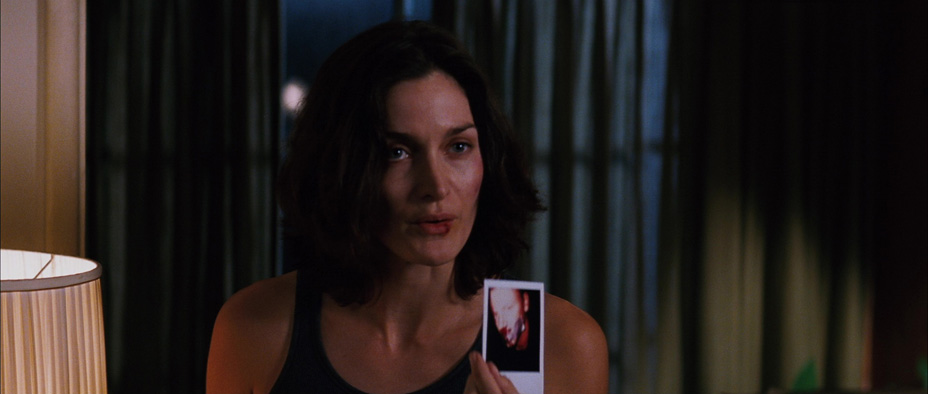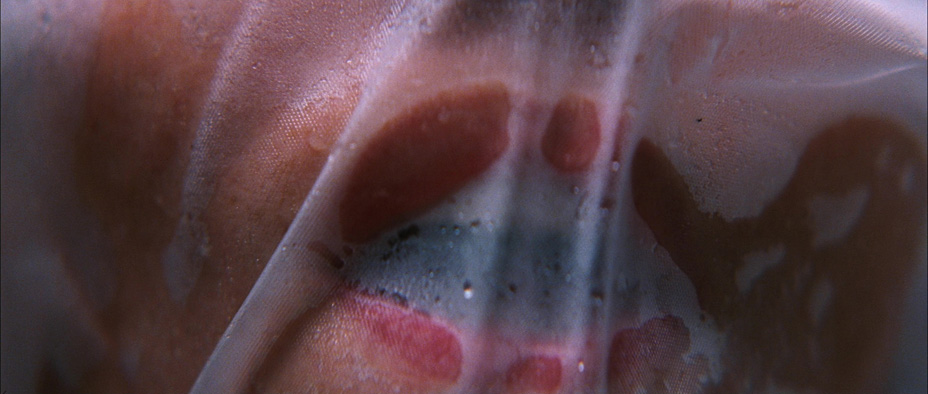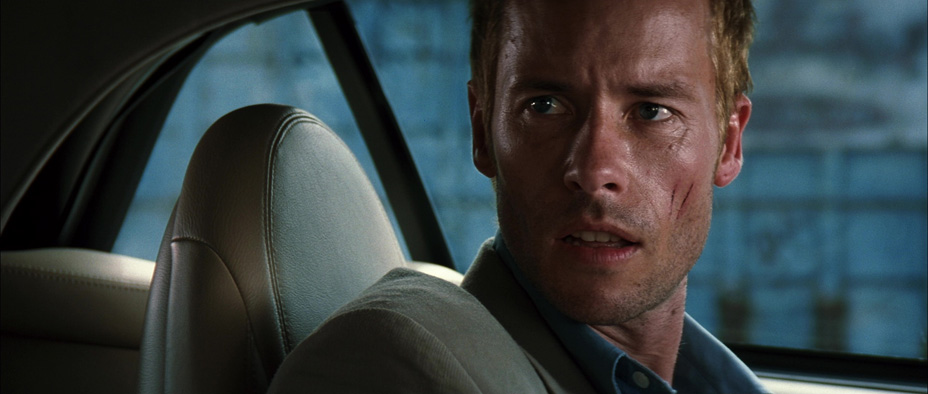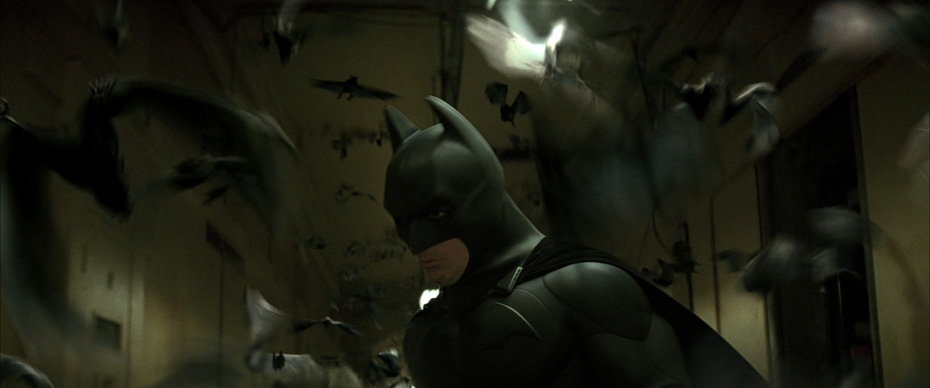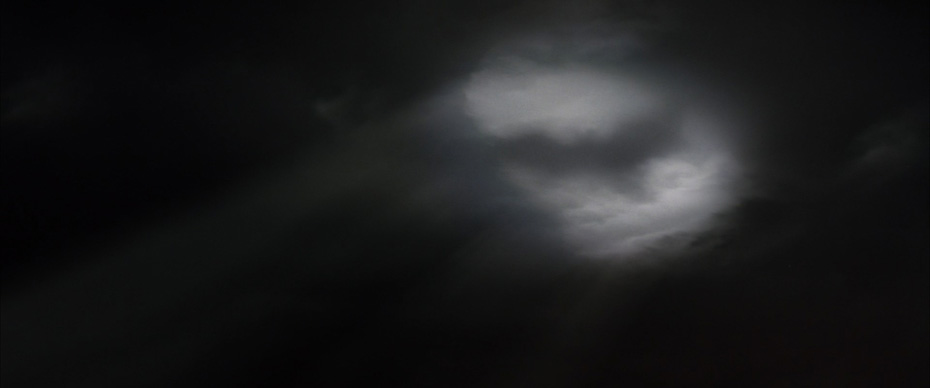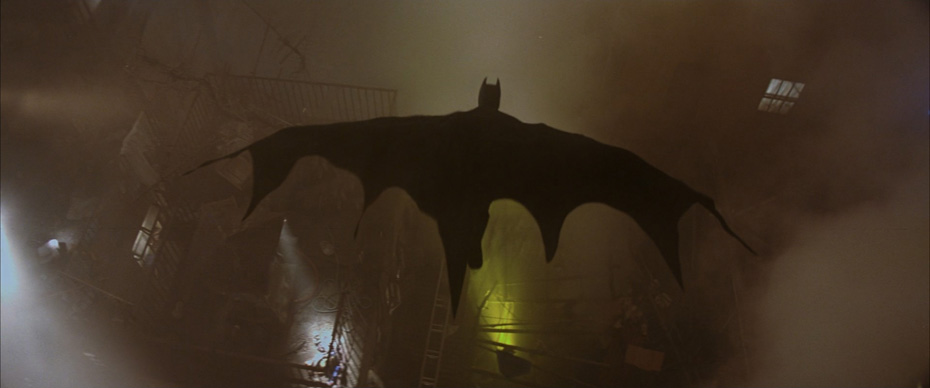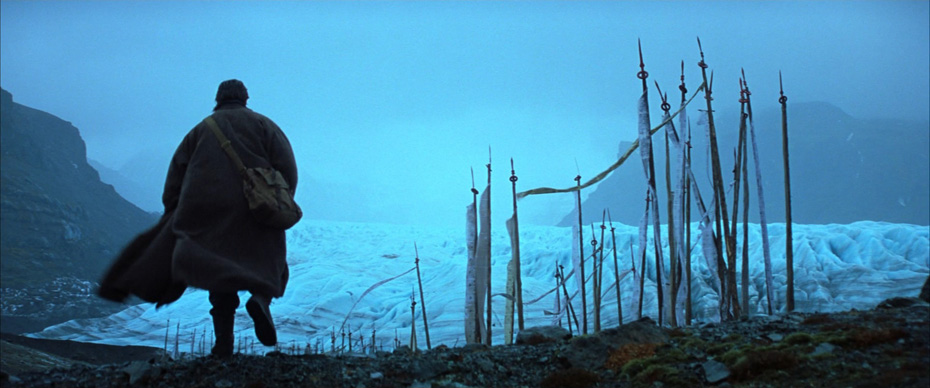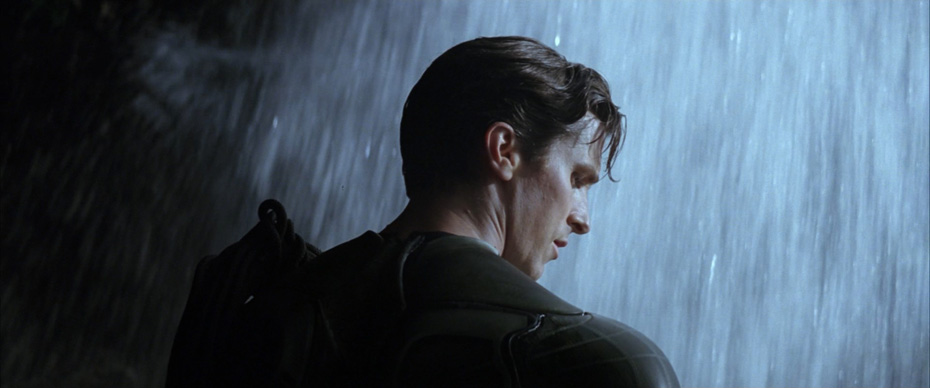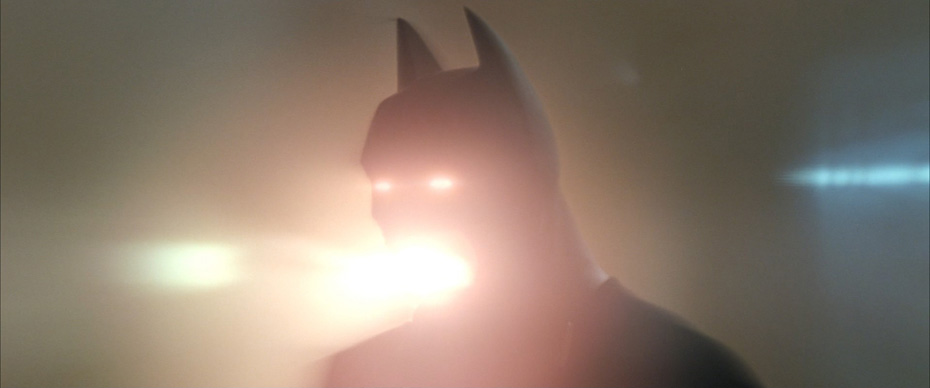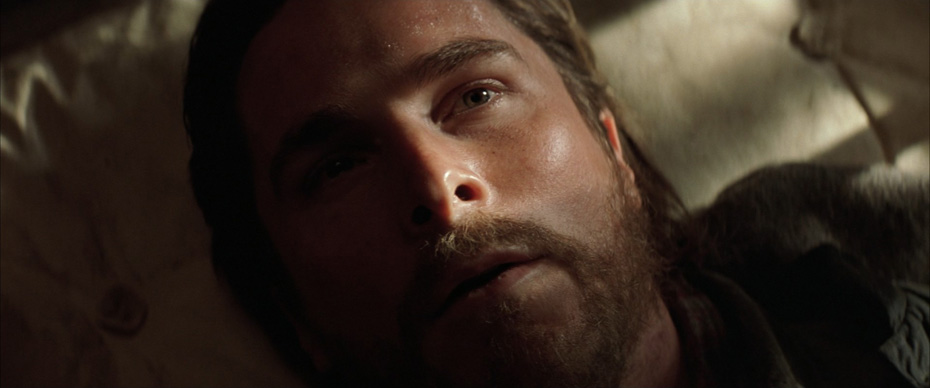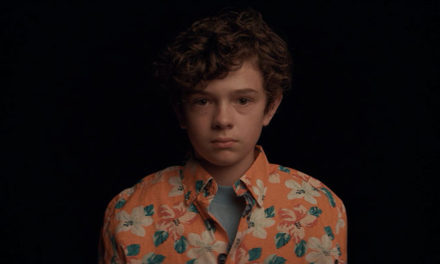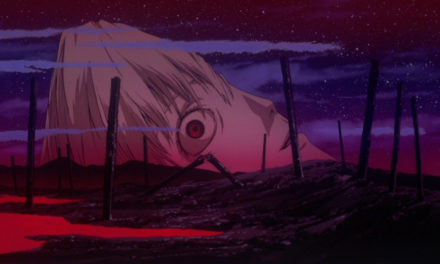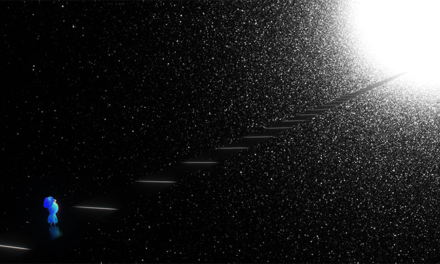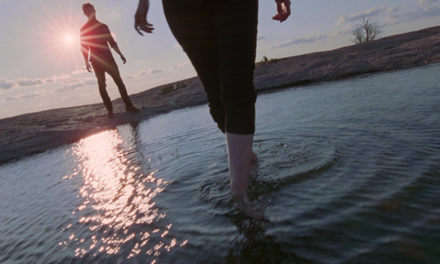THE TUESDAY DROP: 5200+ New Shots
10.11.22 Get your Decks ready ShotDeck Team! In honor of Indigenous People’s Day we’re dropping 7 incredible films either made by Indigenous filmmakers or focused on Indigenous stories. We’ve also taken a Deeper Dive into 4 Christopher Nolan Essentials and released The Haunting of Hill House Miniseries. Check them out below, and remember you can always request films for future drops by clicking here!
INTERSTELLAR (2014)
Christopher Nolan’s 2014 science fiction film INTERSTELLAR follows a group of astronauts in a dystopian future who travel through a wormhole near Saturn in search of a new home for mankind, with Earth struggling to remain hospitable enough for humanity to survive. The film stars Matthew McConaughey, Anne Hathaway, Jessica Chastain, Ellen Burstyn, Matt Damon and Michael Caine. Interstellar grossed over $701 million from its $165 million budget, and was nominated for five Academy Awards, winning in the Best Visual Effects category. Nolan worked on the visual effects for the film with VFX studio Double Negative, as well as Scientific Consultant Kip Thorne, an astrophysicist.
Thorne and Nolan collaborated very closely from the outset of the pre-production process, with Thorne’s work at the time focussed on equations that would enable tracing of light rays as they traveled through a wormhole or around a black hole, based on Einstein’s general relativity equations. Thorne laid down two story guidelines for Nolan as they collaborated on the VFX – first, that nothing would violate established physical laws, and second, that any of the more fantastical speculations of the film would have their foundation in science, and not just from Nolan’s imagination as a writer-director. Thorne provided theoretical equations to Double Negative, who wrote new CGI rendering software based on them to simulate the gravitational lensing caused by black holes. Nolan, Thorne and Double Negative worked together to ensure that this scientific rigor would not get in the way of the audience’s understanding of a black hole, and in the end, the only aspect of scientific research omitted from the final image was the visual impact of the Doppler effect, which resulted in an asymmetrically lit black and blue-black hole, which Nolan thought the audience would find confusing. Creating some individual frames of the black hole took the team of 30 at Double Negative up to 100 hours to render, using over 800 terabytes of data to bring the black hole to life on the big screen.
THE DARK KNIGHT (2008)
THE DARK KNIGHT is a 2008 superhero film co-written and directed by Christopher Nolan, based on the DC Comics superhero Batman and a sequel to his 2005 film Batman Begins. The film stars Christian Bale as Bruce Wayne / Batman, as he and police lieutenant James Gordon (Gary Oldman) as well as district attorney Harvey Dent (Aaron Eckhart) try to dismantle organized crime in Gotham City and stop the chaos of the anarchistic mastermind Joker (Heath Ledger). Michael Caine, Maggie Gyllenhaal and Morgan Freeman also star. The Dark Knight was the first major motion picture filmed with high-resolution IMAX cameras, and broke new ground in the superhero genre, grossing over $1 billion from its $185 million budget, earning Ledger an Academy Award in the Best Supporting Actor category, and going on to becoming widely considered one of the greatest action films ever made. Nolan worked on The Dark Knight with Welsh costume designer Lindy Hemming, who was known for her work on films such as Casino Royale, Four Weddings and a Funeral, Topsy-Turvy, and Harry Potter and the Chamber of Secrets.
Nolan and Hemming had a longstanding relationship and were clear on their intentions to locate The Dark Knight in a real world setting that grounded the characters in a recognizable environment, rather than playing up their comic book tropes. Having established a costume design for the Batman costume that was woven into the story of the film, with scenes explaining the functionality of the gear Wayne put onto his body, Hemming faced a different challenge with the Joker, a character whose appearance in films to date had always been outlandish. Hemming and Nolan started their discussions by talking about how a Joker is a medieval character designed to be an entertainer for the courts and the masses, and decided the best way to ground that type of character in the real world would be to take their inspiration from contemporary rock and pop stars. Inspired by the looks of figures such as Pete Docherty, Iggy Pop and Keith Richards, as well as the paintings of Francis Bacon, Hemming was able to design a costume for Ledger to wear that was striking, menacing and grounded all at once.
BOY (2010)
Taika Waititi’s 2010 New Zealand comedy-drama stars James Rolleston as Boy, an 11-year-old child and devout Michael Jackson fan who lives on the east coast of New Zealand in 1984. Boy gets a chance to finally get to know his father Alamein (Waititi), when he returns home after seven years away in jail for robbery. Boy was initially developed by Waititi at the Sundance Writers’ Lab after his short film Two Cars, One Night, but he first made Eagle vs. Shark as his feature directorial debut before returning to Boy. Boy premiered at the Sundance Film Festival, and grossed over $8.6 million, becoming the highest-grossing New Zealand film at the local box office along the way. Waititi worked on the film with Canadian cinematographer Adam Clark, who he had worked with on Eagle vs. Shark.
Waititi was clear from the script stage of Boy that he wanted the film to be a departure from films he had seen about Maori people and culture to date – which he largely considered to be depressing and bleak. He and Clark arrived at a visual language for the film that embraced the Waihau Bay setting in which the movie took place, and that paid homage to Waititi’s own childhood in the region – one that celebrated the whimsy and adventure of a childhood where kids seemed to be in charge without having a lot of adult supervision to restrict them. Clark shot Boy on 35mm film, using Arricam and Arriflex cameras with Angenieux Optimo zoom lenses and Cooke S4 primes, embracing natural light and creating light-filled compositions that embraced not-quite-symmetrical frame balance and animated sections to bring a tone of lightness and comedy to a story that may not otherwise have felt that way.
SMOKE SIGNALS (1998)
SMOKE SIGNALS is a 1998 American coming of age drama comedy film directed and co-produced by Chris Eyre from a screenplay by Sherman Alexie, based on his 1993 book The Lone Ranger and Tonto Fistfight in Heaven. The film follows Thomas (Evan Adams) and Victor (Adam Beach), two men with conflicting views of Victor’s father, Arnold (Gary Farmer), who set out to retrieve Arnold’s ashes on a cross-country trip to Phoenix. Irene Bedard and Tantoo Cardinal also star. Smoke Signals premiered at the Sundance Film Festival, and was nominated for three Independent Spirit Awards, winning in the Best Debut Performance (Adams) category. In 2018, the film was added to the US National Film Registry by the Library of Congress, and is widely considered one of the first feature length films written, directed and produced by Native Americans to reach a wide US and international audience. Eyre worked on the film with American cinematographer Brian Capener, who is also known for his work on films such as The Ice Runner and Nora’s Christmas Gift.
Eyre and Capener were conscious of the responsibility they were taking on with their visual language to portray Native Americans and their culture the way that Eyre and Alexie had intended when conceiving the story. The film did not have many scenes where Thomas and Victor were being actively discriminated against, but one scene where that does take place is on the bus, where two white men steal their seats. Eyre and Capener blocked the scene and positioned the camera in such a way that they would always have a low angle on Thomas and Victor and a high angle on the two white men through the scene, shifting the visual power balance of the scene and placing the audience inside that power balance in a way that upended the tropes of how Native Americans had typically been portrayed on film to that point.
THE BODY REMEMBERS WHEN THE WORLD BROKE OPEN is a 2019 Canadian drama co-written and co-directed by Elle-Máijá Tailfeathers and Kathleen Hepburn. The film follows a woman (Tailfeathers) who, after a chance encounter, decides to bring a pregnant domestic abuse victim (Violet Nelson) home and encourages her to seek help to navigate the aftermath of the traumatic event. The Body Remembers When The World Broke Open premiered at the 2019 Berlin Film Festival, before playing at the 2019 Toronto International Film Festival. The film later won the Toronto Film Critics Association’s Rogers Best Canadian Film Award. Tailfeathers and Hepburn worked on the film with Canadian cinematographer Norm Li, who’s other credits include Never Steady, Never Still, Beyond the Black Rainbow and In Their Skin.
Tailfeathers and Hepburn initially intended for The Body Remembers When The World Broke Open to play out in a single continuous, real-time take as a way of creating a heightened state of immediacy for both the actors and the audience. Li came into the production and suggested that they shoot the movie on 16mm film as a way of capturing the world of the film as honestly as possible, and spent the last week of rehearsals with the cast and crew to help block and choreograph the shoot. The choice to shoot on 16mm limited the length of takes to 11 minutes, which led Li to use a “Real-Time Transitioning” system, in which he would hand off the camera to an assistant once it rolled out, and the assistant would hand him another to continue filming. The two shots would then be stitched together in post. This approach also meant that sound mixer Ingar Pederson had to engineer a recording system almost entirely reliant on lavaliers and plant mics rather than booms and more traditional recording mechanisms. In the end, the film was shot over five days five times, a take per day for an hour and a half, before moving on.
RHYMES FOR YOUNG GHOULS (2013)
Jeff Barnaby’s debut feature film, RHYMES FOR YOUNG GHOULS is set in 1976 and follows a Mi’gMaq teenager named Alia (Devery Jacobs) who plots revenge against the government agent (Glen Gould) who imprisoned her in a residential school where abuse and rape are common. The film is inspired by the history of abuse against First Nations people in Canada by its government. Rhymes for Young Ghouls premiered at the Toronto International Film Festival, and since inspired the creation of the Alia Test for analyzing representation of indigenous female characters on screen. Barnaby worked on the film with Canadian production designer Elisabeth Williams.
Barnaby and Williams wanted to make “bare-knuckles cinema” that would force their audience to confront the kind of violence that Indigenous people have had to face at the hands of white people. Without the funds to build locations, the pair knew they would have to find locations that could support the bulk of the production. The house in the film had a distinctive look that was well-maintained on the outside and untreated and full of lumber and plywood on the inside, and Williams and the location team found a person who’’s home could support that element of the story. That one compound served for many of the film’s locations, down to even a lot of the furniture that was used, and the only one that Williams and her team ended up building was the greenhouse where the elderly lady was working.
RABBIT-PROOF FENCE (2002)
Phillip Noyce’s 2002 Australian drama RABBIT-PROOF FENCE tells the story of three half-Indigenous half-white Australian girls who escaped the Moore River Native Settlement, an internment camp in Western Australia which was a part of Australia’s Stolen Generations scheme. The film follows the girls as they walk for nine weeks along 1,00 miles (2,400km) of the Australian rabbit-proof fence to return to their families in Jigalong, while being pursued by white law enforcement agencies, guided by an Aboriginal tracker. The film is based on Doris Pilkington Garimara’s 1996 book Follow the Rabbit-Proof Fence, which tells the story of her mother Molly Craig. It stars Everlyn Sampi, Tianna Sansbury, Laura Monaghan, David Gulpilil and Kenneth Branagh, and grossed over $16 million from its $6 million budget. Noyce worked on Rabbit-Proof Fence with Australian cinematographer Christopher Doyle, who is best known for his collaborations with Hong Kong filmmaker Wong Kar-Wai.
Doyle and Noyce were friends and collaborators from very early on in their careers. Doyle had spent a significant amount of time away from Australia, but was attracted to the prospect of re-teaming with Noyce and the opportunity to tell an important Australian story with some distance from his home country. Noyce wanted to tell the story in a way that incorporated both dramatic and documentary storytelling styles, and he and Doyle developed a visual language that would allow them to frame the film in a way that felt both epic and quasi verite at the same time. This approach suited Doyle, who had grown accustomed to a filmmaking process that created frames bound by the action of the characters, rather than by the pre-conceived compositions of the filmmaker. Doyle also opted for a washed-out palette for exterior shots that separated Rabbit-Proof Fence from the norms of cinema’s portrayal of the Australian outback, wanting it to feel more harsh and foreboding.
BLOOD QUANTUM (2019)
BLOOD QUANTUM is a 2019 Canadian horror film written, directed and edited by Jeff Barnaby, staring Michael Greyeyes, Elle-Máijá Tailfeathers, Forrest Goodluck, Kiowa Gordon, Brandon Oakes, Olivia Scriven, Devery Jacobs, and Gary Farmer. The film depicts the effects of a zombie uprising on a First Nations reserve whose residents are immune to contracting the plague because of their indigenous heritage, but must still cope with the consequences of its effects on the world around them, including white refugees seeking shelter on the reserve. Blood Quantum premiered at the 2019 Toronto International Film Festival.
Barnaby worked on the film with Canadian cinematographer Michell St-Martin, who worked on his previous feature, Rhymes for Young Ghouls. Barnaby and St-Martin began their collaboration influenced by films in the horror genre as well as Alanis Obomsawin’s film Incident at Restigouche, wanting to create an alternate history that told stories of Indigenous people and critiqued settler culture in Canada through the construct of an action zombie film. The pair wanted to create a world that was grounded in reality and then pushed beyond it, so that the film would be able to serve as a mirror for the world that Barnaby wanted to reflect. The compound that featured in the second act was designed to look like a steampunk castle with a medieval look and feel, and Barnaby and St-Martin lit it almost entire with fire, using torchlight and fire lights to create the effect of a place lit with natural fire on screen.
GERONIMO: AN AMERICAN LEGEND (1993)
GERONIMO: AN AMERICAN LEGEND is a 1993 historical Western directed by Walter Hill from a screenplay by John Milius, starring Wes Studi as Geronimo. The film is a fictionalized account of the Apache Wars and how First Lieutenant Charles B. Gatewood (Jason Patric) convinced Apache leader Geronimo to surrender in 1886. The film also stars Gene Hackman, Robert Duvall and Matt Damon. Geronimo: An American Legend was nominated for an Academy Award in the Best Sound category. Hill worked on the film with American cinematographer Lloyd Ahern II, who is also known for his work on films such as Trespass, Supernova and Broken Trail.
Production for Geronimo: An American Legend took place on location across Utah, Arizona and California. Hill and Ahern wanted to create a dreamlike film that put the audience emotionally into the period in which the film took place. Ahern used tobacco filters on the camera to give the film a visual language that created a feeling that the audience was watching something that was actually taking place 100 years ago. The pair also decided to shoot the film with a combination of wide lenses and telescopic lenses, an unusual choice that would on one hand produce huge landscapes filled with small but carefully defined figures among it.
THE HAUNTING OF HILL HOUSE is an American supernatural horror drama television miniseries created and directed by Mike Flanagan, and serves as the first entry in The Haunting anthology series. It is loosely based on the 1959 novel of the same name by Shirley Jackson. The plot alternates between two timelines, following five adult siblings whose paranormal experiences at Hill House continue to haunt them in the present day, and flashbacks depicting events leading up to the eventful night in 1992 when the family fled from the mansion. The ensemble cast features Michiel Huisman, Elizabeth Reaser, Oliver Jackson-Cohen, Kate Siegel, Victoria Pedretti, Carla Gugino and Henry Thomas. Season 1 of The Haunting of Hill House premiered on Netflix in 2018, and Flanagan worked on the series with American director and cinematographer Michael Fimognari. The pair had first collaborated on Flanagan’s 2013 film Oculus, before also working together on Before I Wake, Ouija: Origin of Evil and Gerald’s Game (the pair would go on to work together on Doctor Sleep).
Flanagan and Fimognari began their collaboration on The Haunting of Hill House by establishing a clear visual language for each timeline of the story, as well as by clearly defining the point of view from which each episode would be shot. The pair made detailed shot lists that included the timing of camera movements on each line, looking to create a visual language where natural cutaways were absent, and long takes became the style the audience settled into. Fimognari would rehearse with the actors using an iPhone or DSLR camera to plan camera moves and block them shot for shot, creating a choreography between himself and the actors that they could then replicate on set. Fimognari shot the season using the Alexa 65, attracted to its color depth and rendition, but the compromise this came with was the camera’s size, and he and the camera team spent time figuring out how to maintain consistency over multiple long takes with Steadicams, while also coordinating with the lighting and sound department in a show that was often shot in 360 degrees.
MEMENTO (2000)
Christopher Nolan’s second feature film MEMENTO is based on his brother Jonathan’s short story “Memento Mori”, and stars Guy Pearce as Leonard, a man suffering from anterograde amnesia (or short-term memory loss), who uses an intricate system of Polaroid photographs and tattoos to track down his wife’s murderer. Carrie-Anne Moss, Joe Pantoliano, Mark Boone Junior, Stephen Tobolowsky and Harriet Sansom Harris also star. Memento premiered at the Venice International Film Festival, and then played at the Toronto International Film Festival. It earned over $40 million from its $9 million budget. The film was later nominated for Best Original Screenplay and Best Film Editing at the Academy Awards, and in 2017 was selected for preservation in the National Film Registry by the US Library of Congress. Nolan worked on the film with American cinematographer Wally Pfister, in the pair’s first collaboration.
One of the early decisions Nolan made about constructing the screenplay was to tell the story in two timelines – one that moved forwards, and one that moved backwards. Nolan and Pfister collaborated closely on figuring out the best way to visually represent this in a way that the audience would be able to track, and came up with the idea of shooting the forward-running sequences in black and white (the majority of these were set in Leonard’s motel room), and the backward-running sequences in color. Nolan and Pfister wanted the black and white sequences to give the audience a sense of objectivity in the visual language, and Pfister further differentiated the timelines of the film by shooting the color sequences with a more subjective style of camerawork. Given the neo-noir tone to the entire film, the pair were keen to create lighting schemes that embraced hard light and contrast, as well as the grunginess of the Los Angeles setting in which the story took place.
BATMAN BEGINS (2005)
BATMAN BEGINS is a 2005 superhero film co-written and directed by Christopher Nolan, based on the DC Comics character Batman. The film stars Christian Bale as Bruce Wayne / Batman, and tells the origin story of Bruce Wayne from the death of his parents through his journey to become Batman and fight Ra’s al Ghul (Liam Neeson) and the Scarecrow (Cilian Murphy) to stop them from destroying Gotham City. Katie Holmes, Michael Caine, Gary Oldman, Morgan Freeman, Ken Watanabe, Tom Wilkinson and Rutger Hauer also star. Batman Begins grossed over $371 million from its $150 million budget, making it the second-highest-grossing Batman film after Tim Burton’s 1989 film Batman. The film was also nominated for the Academy Award for Best Cinematography, and spawned two sequels. Nolan worked on the film with American cinematographer and longtime collaborator Wally Pfister, who had previously shot his films Memento and Insomnia. He also worked with English production designer Nathan Crowley, who also worked on Insomnia.
Pfister, Nolan and Crowley all began their collaboration on Batman Begins early on, intent on grounding the film in a word that was as faithful to the “real world” as possible, and presented a film that was more of an investigation of character and psychology than an exercise in style. Crowey and Nolan started by assembling materials in Nolan’s garage, building models for key props and vehicles by the time Pfister joined the project (16 weeks before production began). Nolan and Crowley built large portions of the Gotham City streets inside an old air hangar which measured 800’ x 500’x 200’, which demanded Pfister and his G&E team to do a huge amount of pre-rigging for lights, during which time he and Nolan tested lenses. Pfister ended up shooting with Panavision anamorphic lenses, staying mostly on the 35mm and 40mm, but using longer lenses for close-ups. Pfister maintained a T2.8.5 inside the studio, closer to T2.8 in Chicago exterior scenes, and a T4 for day interiors. Pfister shot with Kodak Vision 2 35mm film stock, pushing the film by one stop for Chicago night scenes in order to get more ambient light. When he wasn’t pushing the stock, he would overrate it to get a deeper negative and enrich the blacks when they were printed (they did not use a DI for the film). Nolan and Pfister also opted not to shoot any of the film with a second unit, wanting to place equal value on insert shots and action sequences as they did the other portions of the film.

